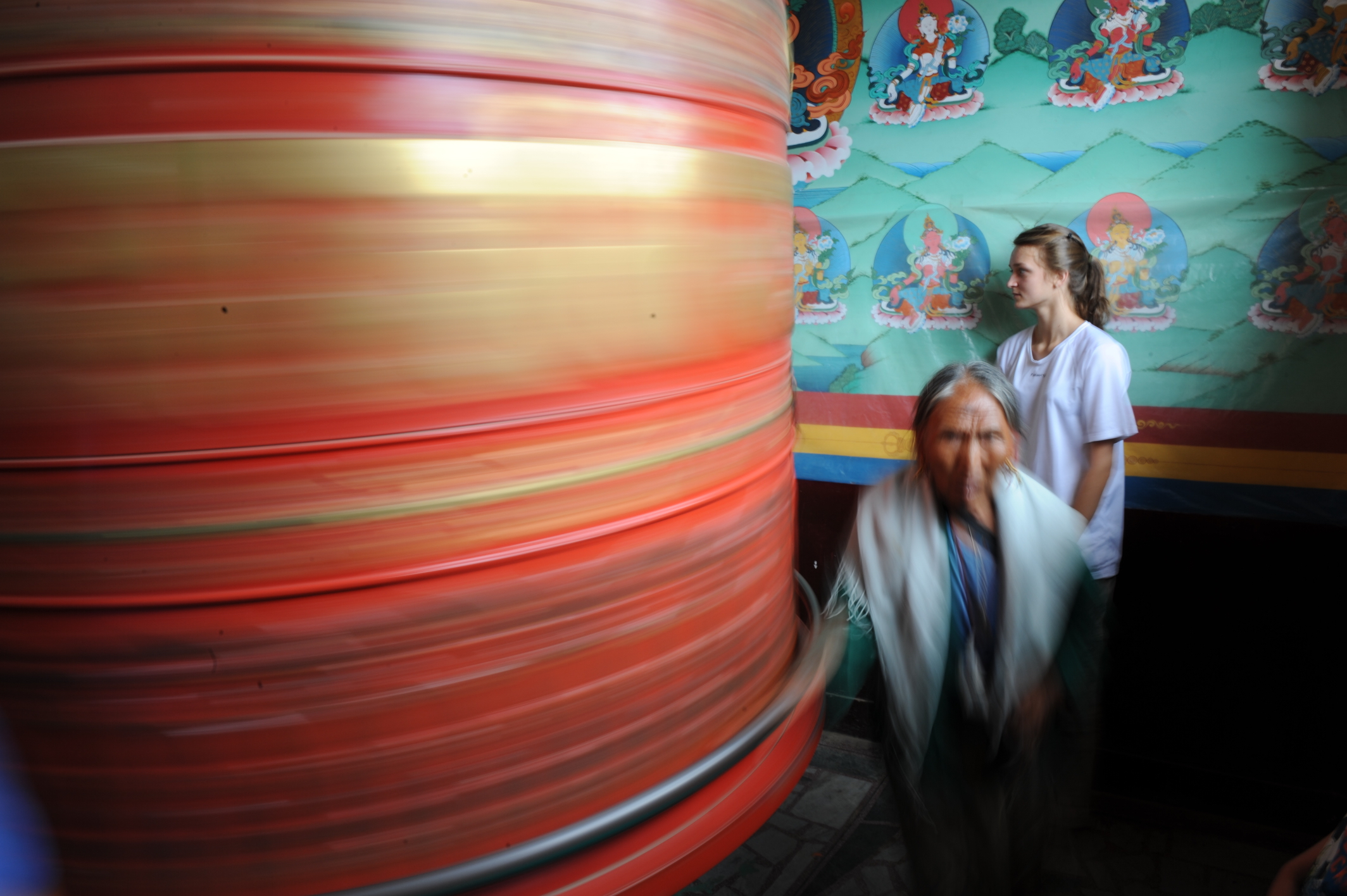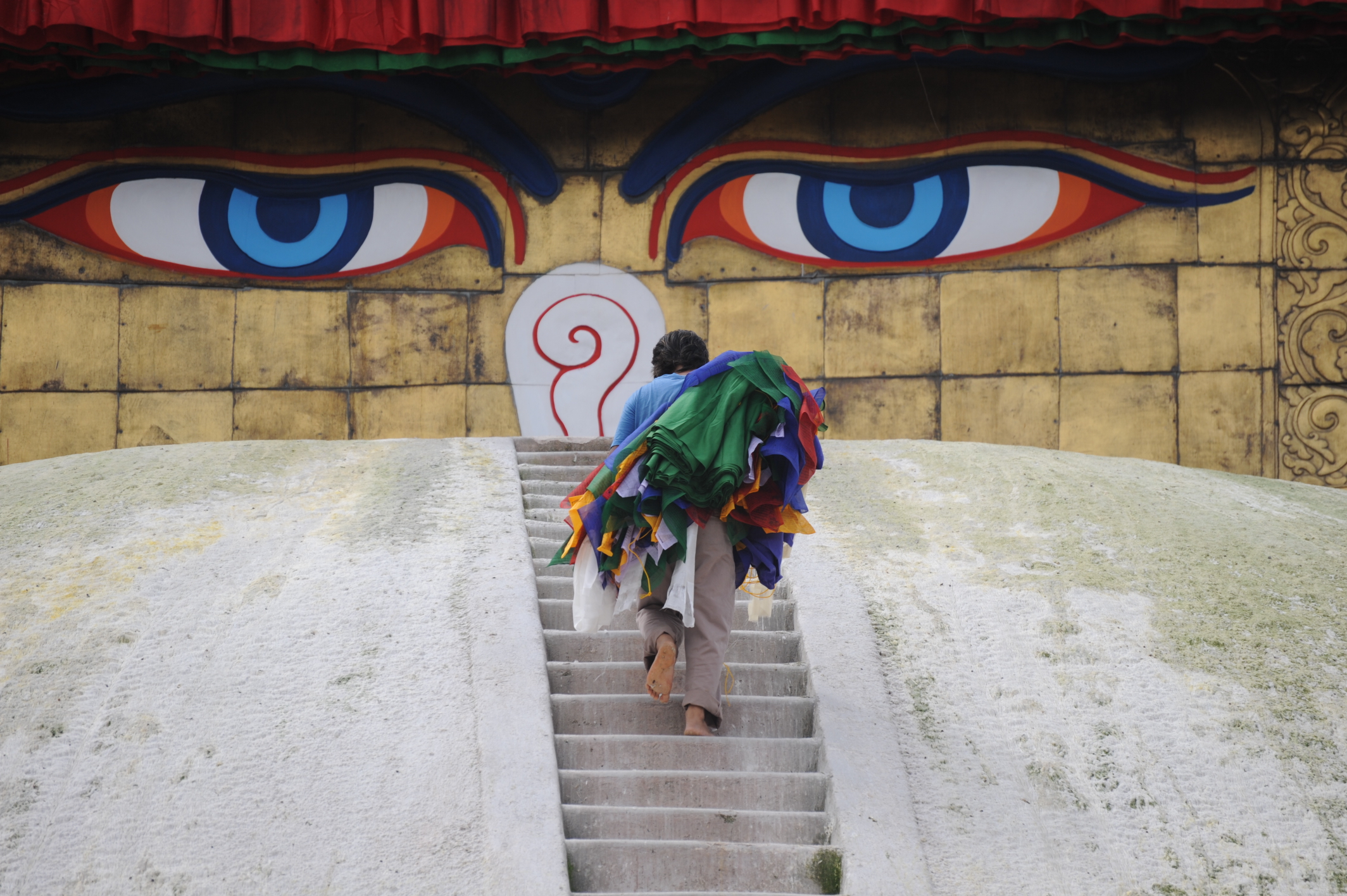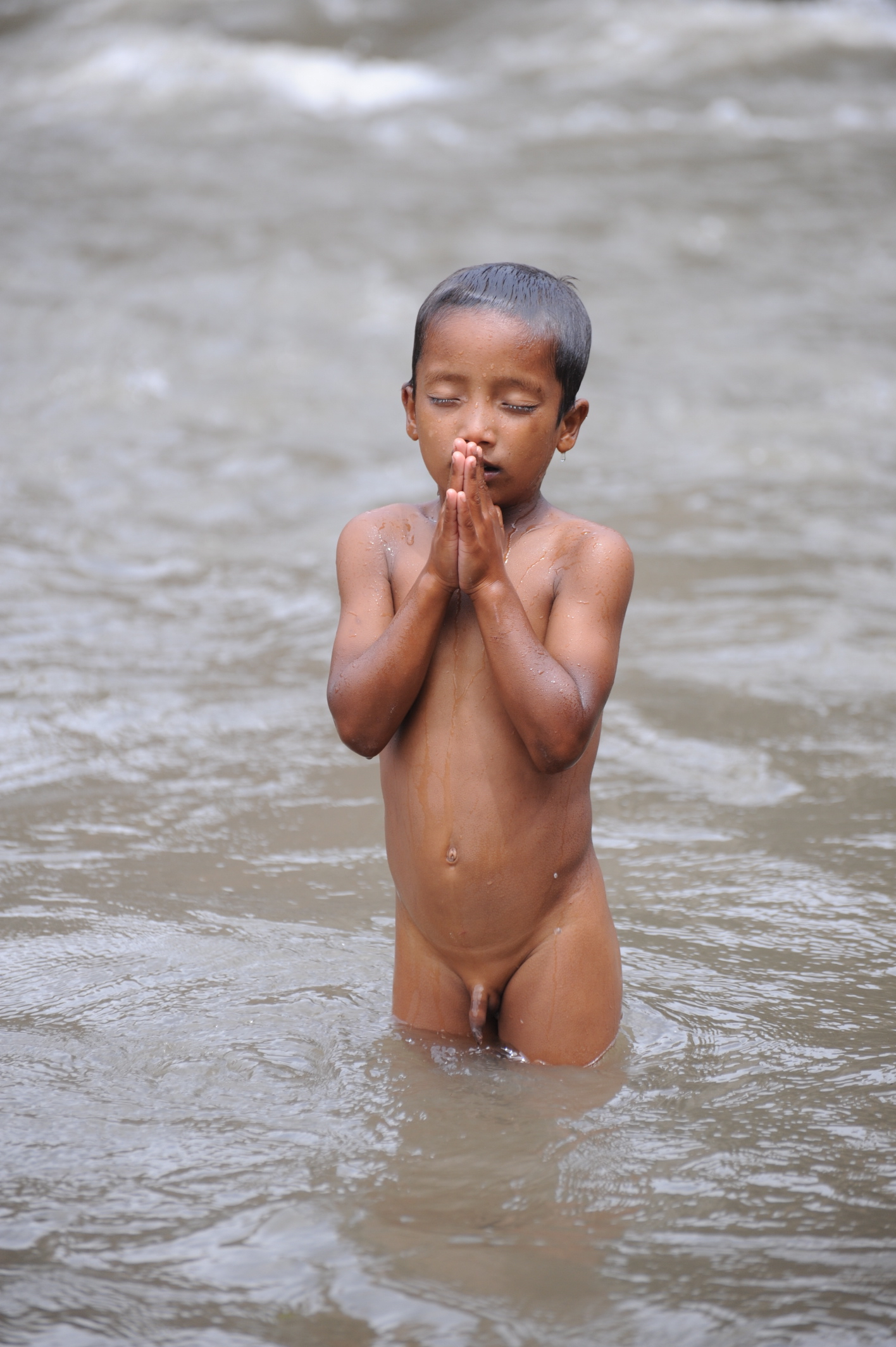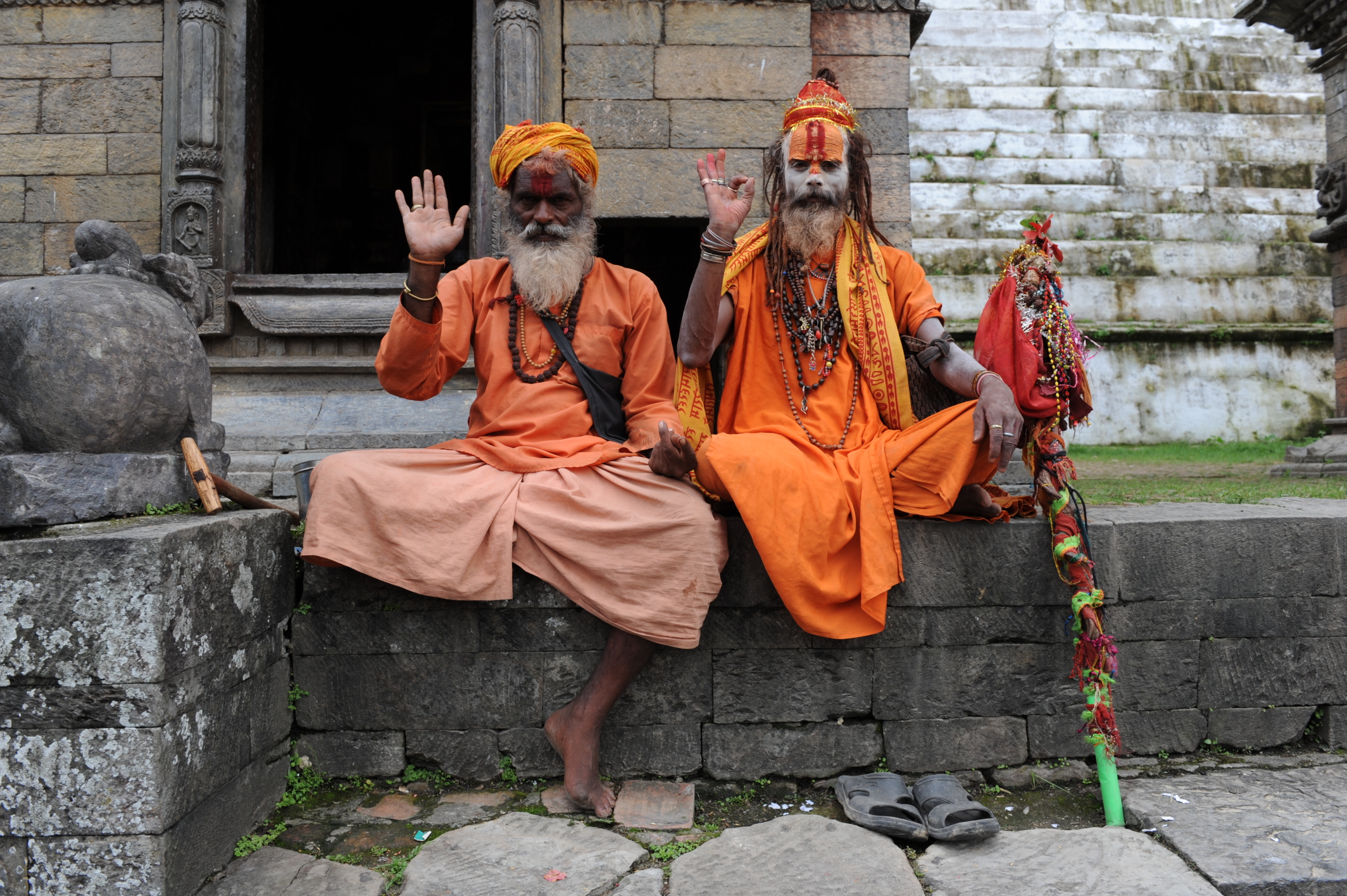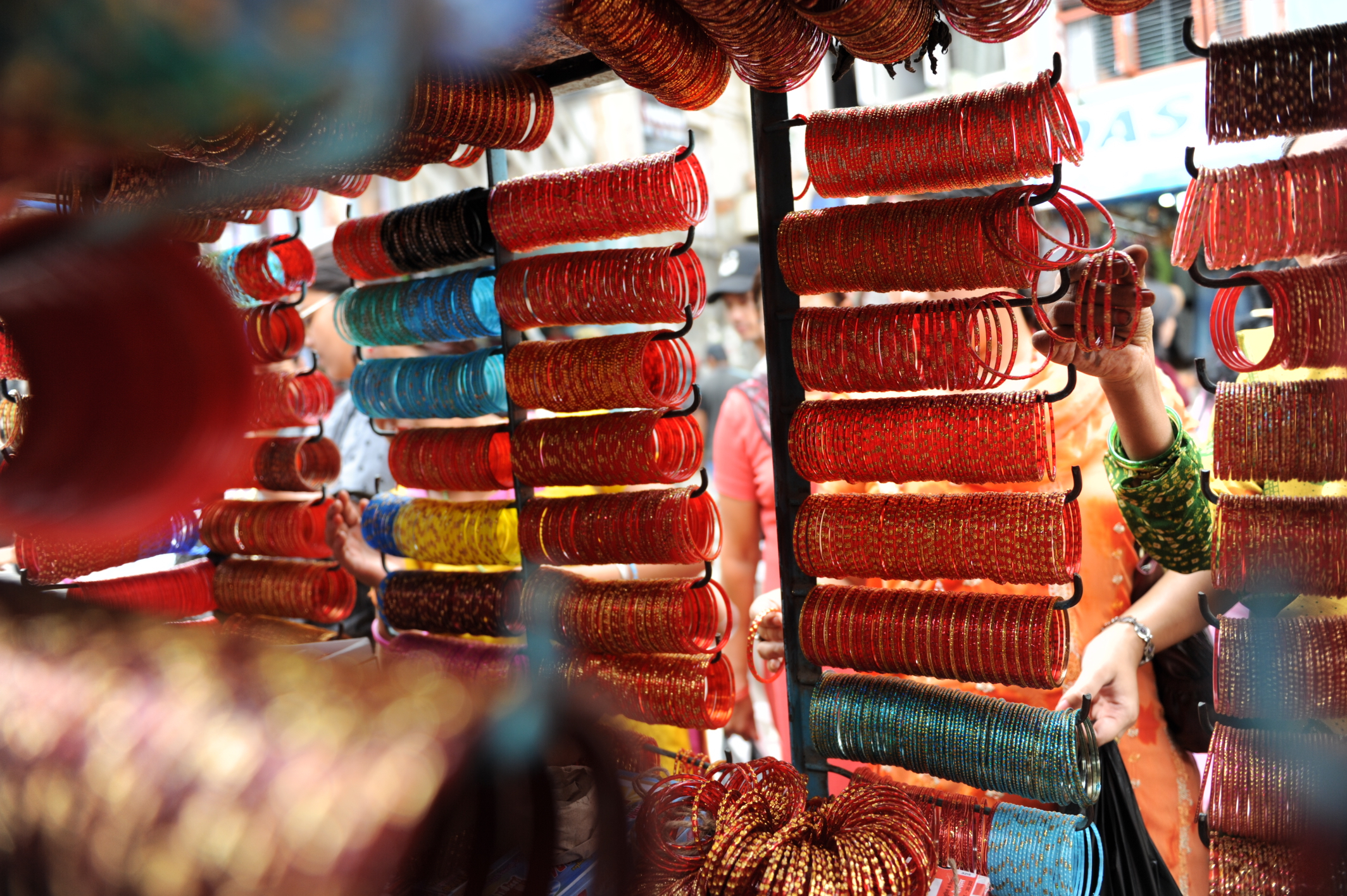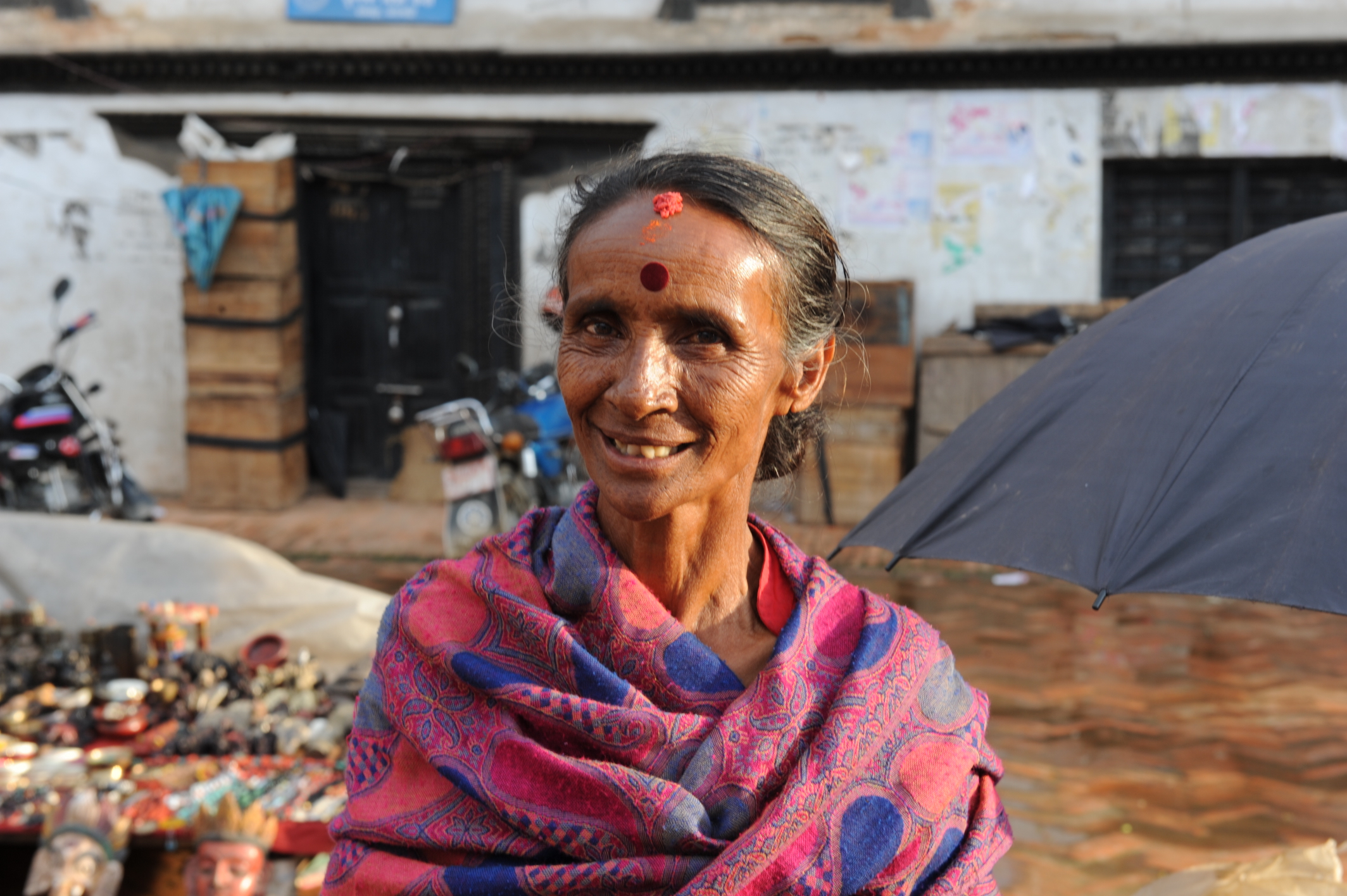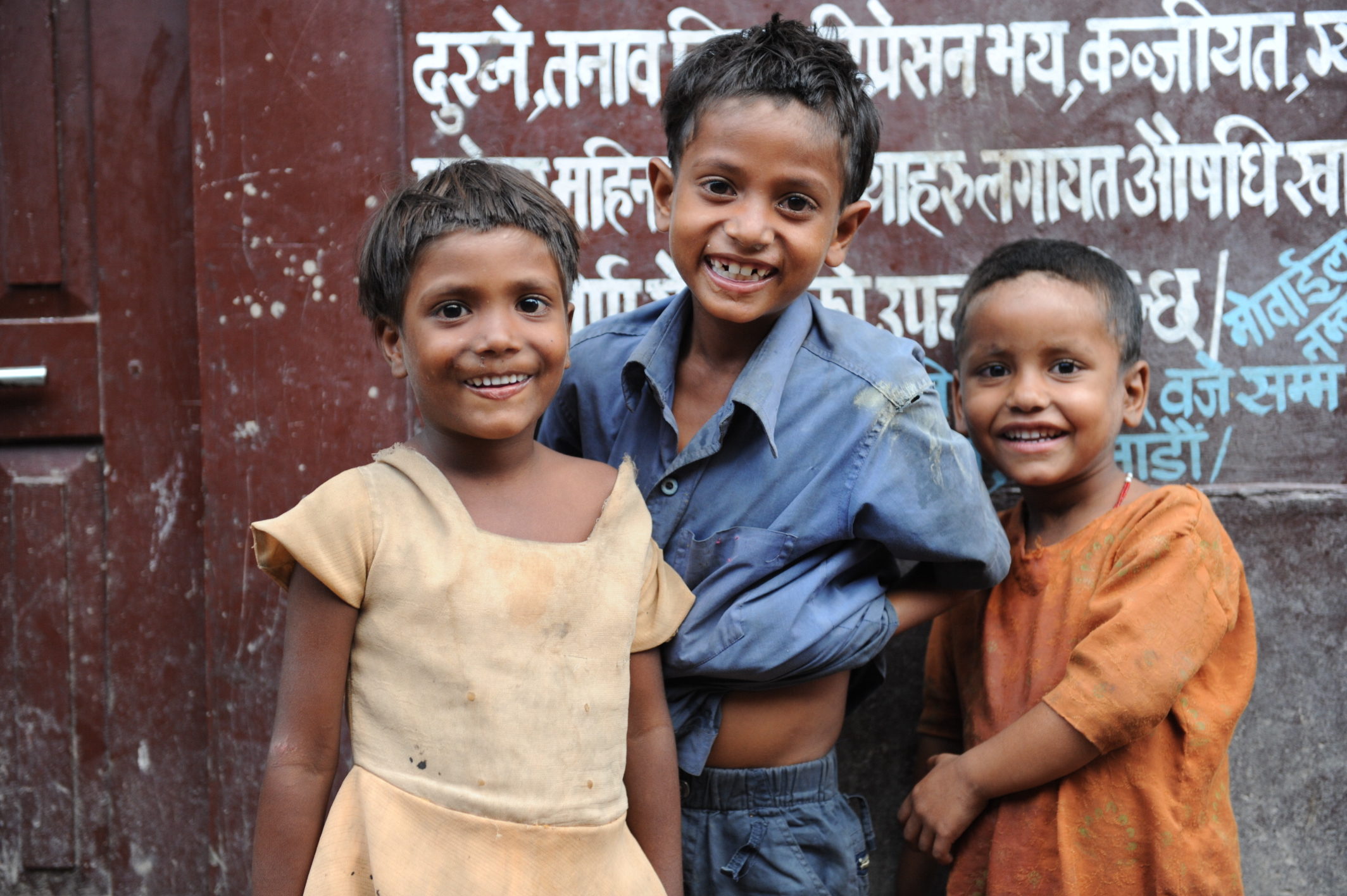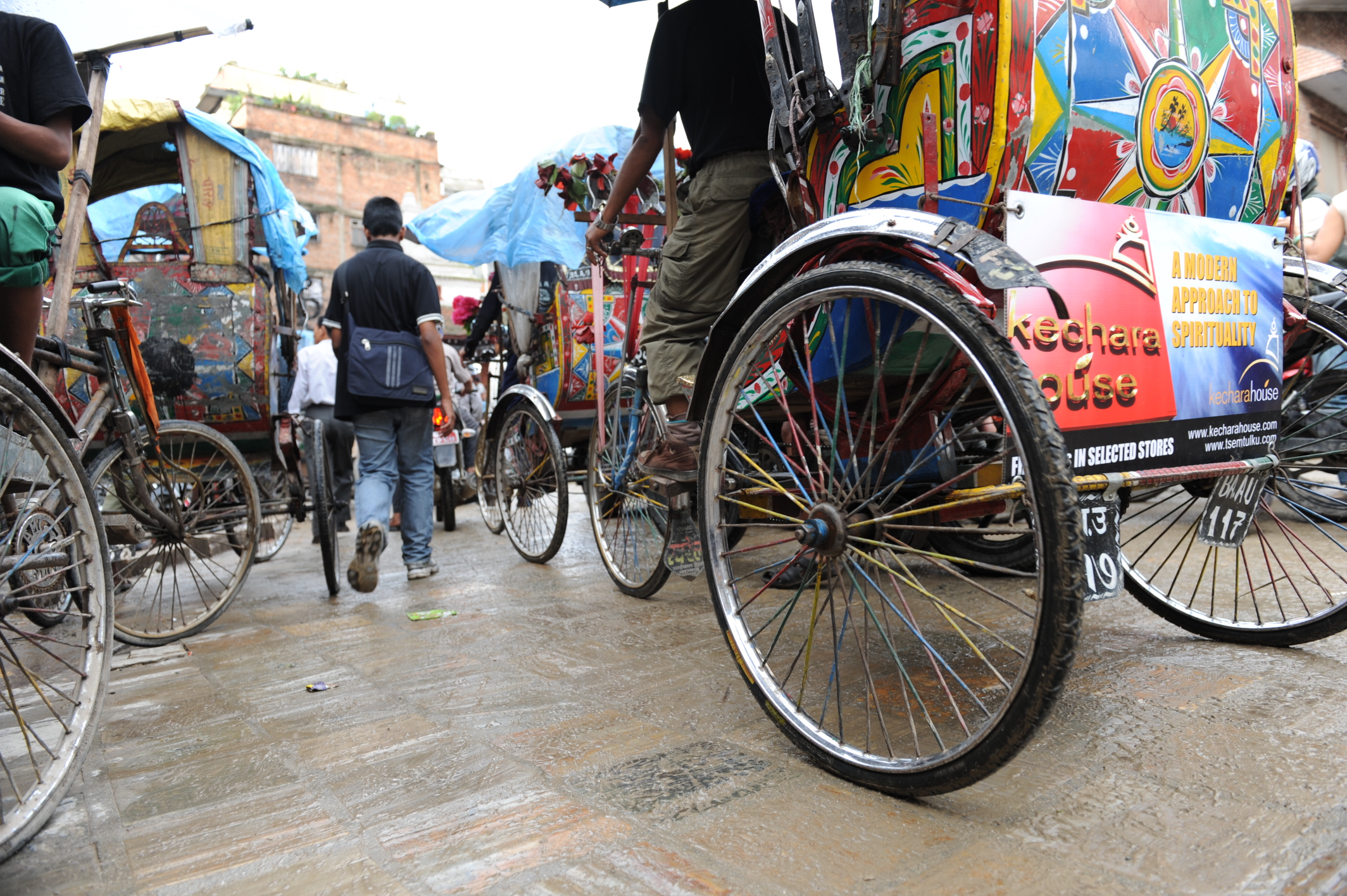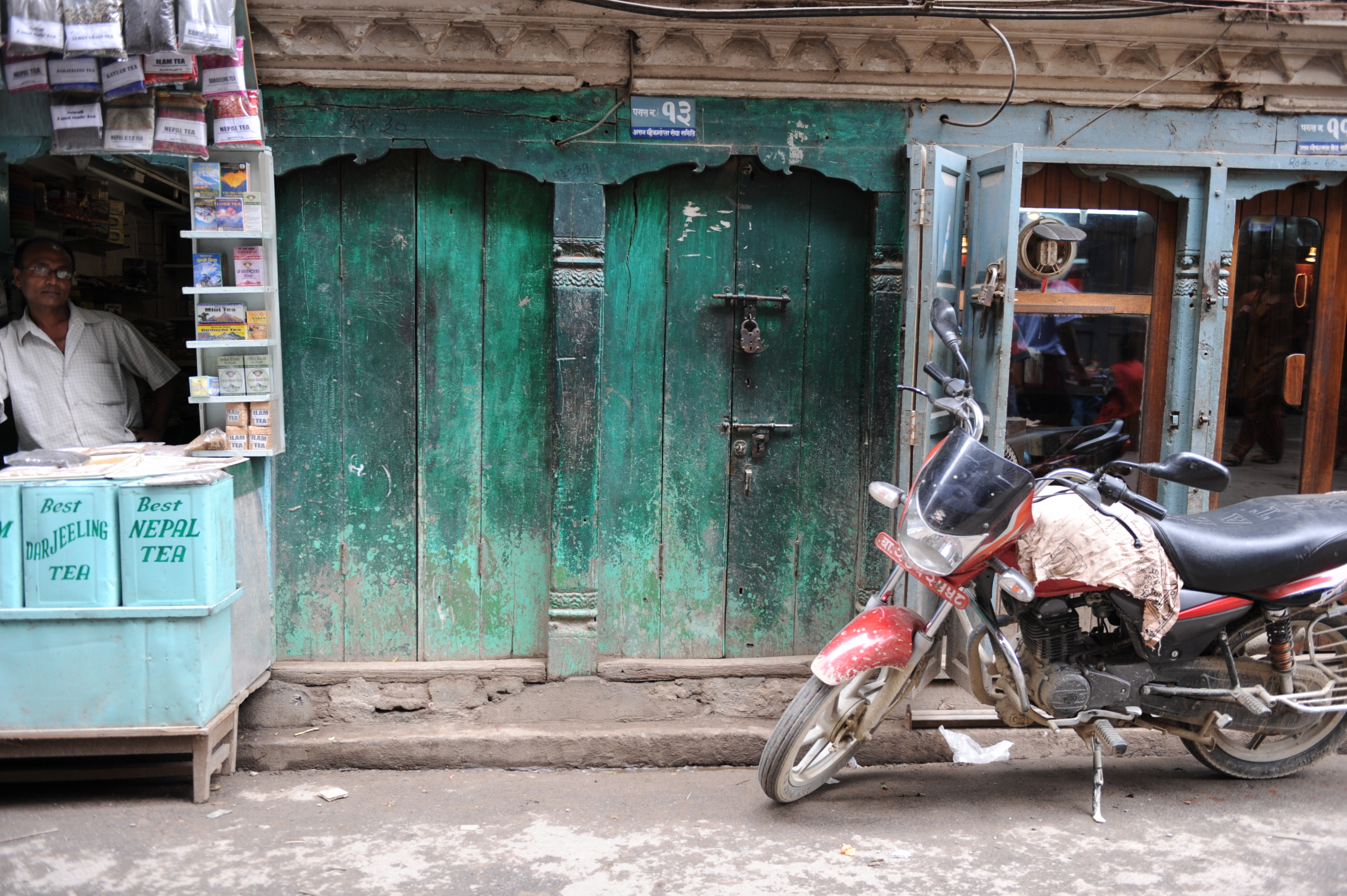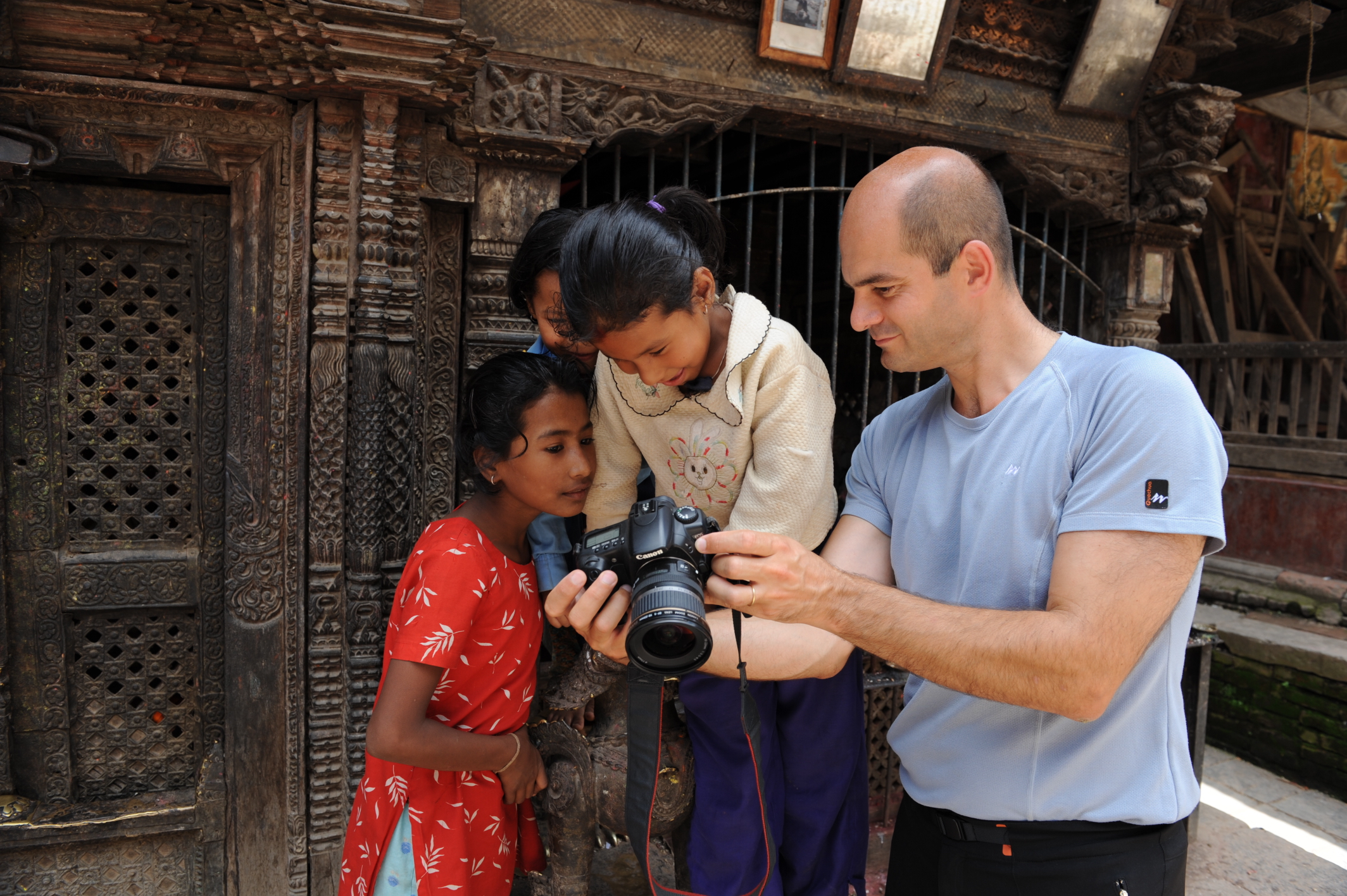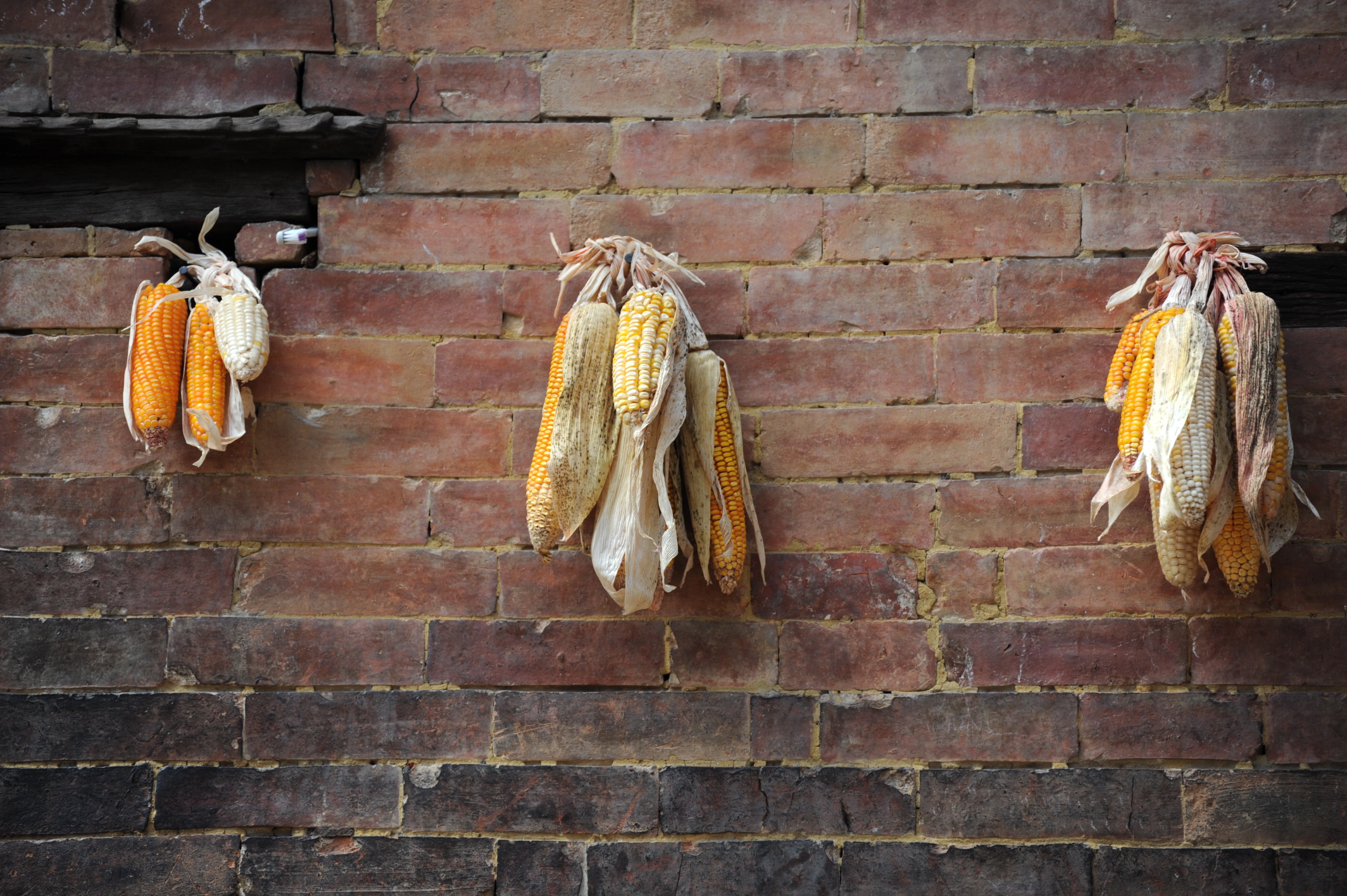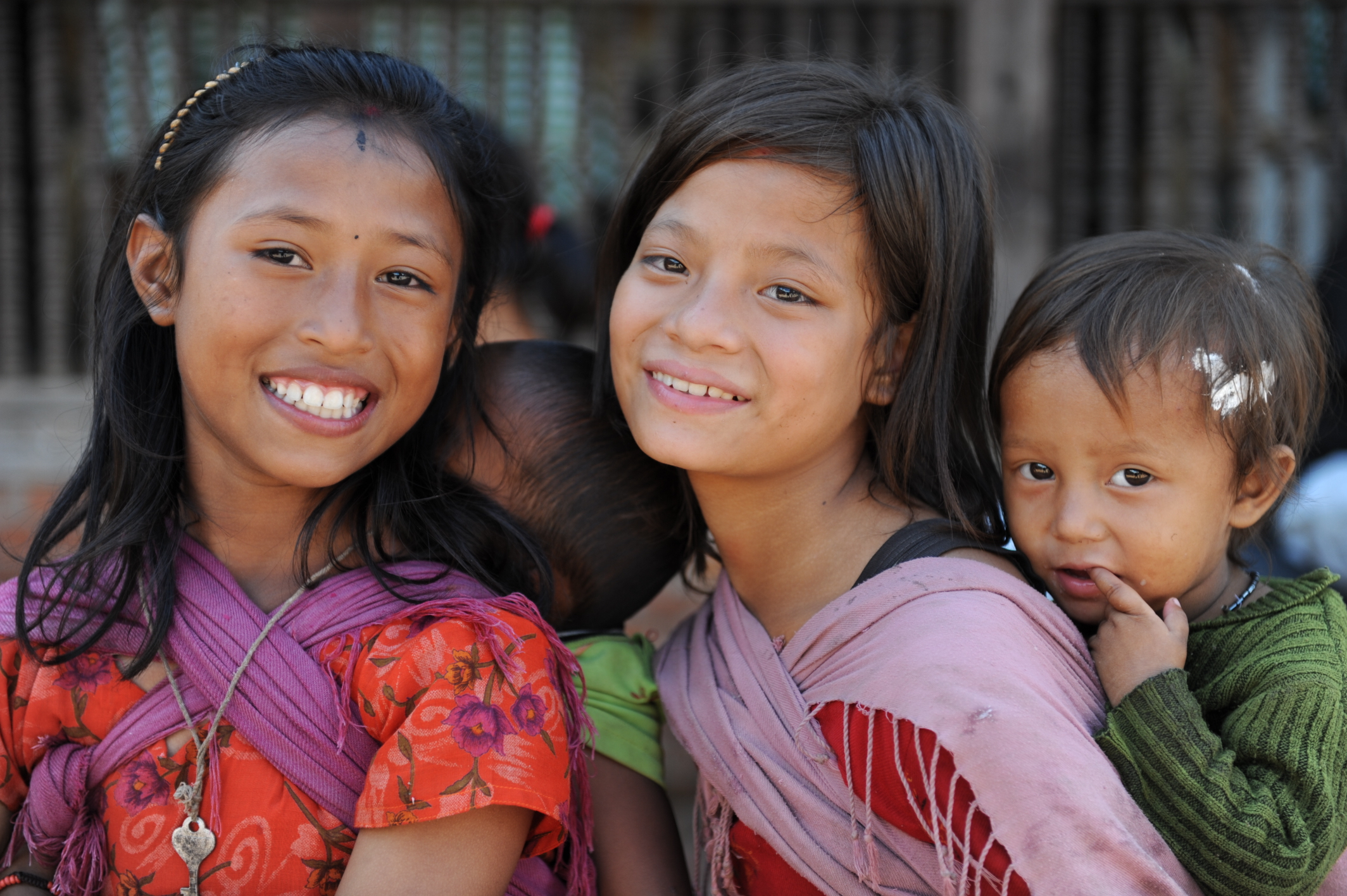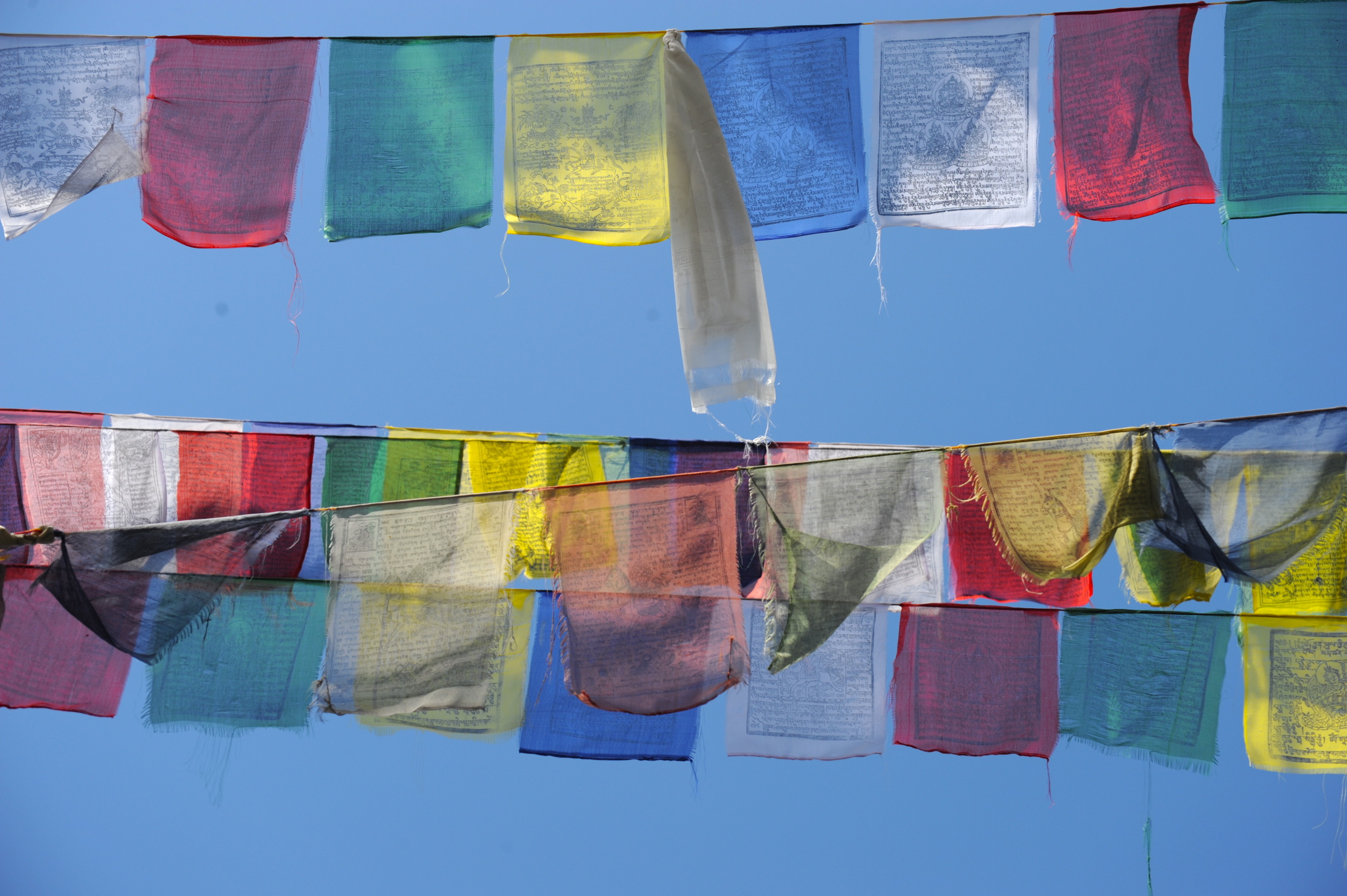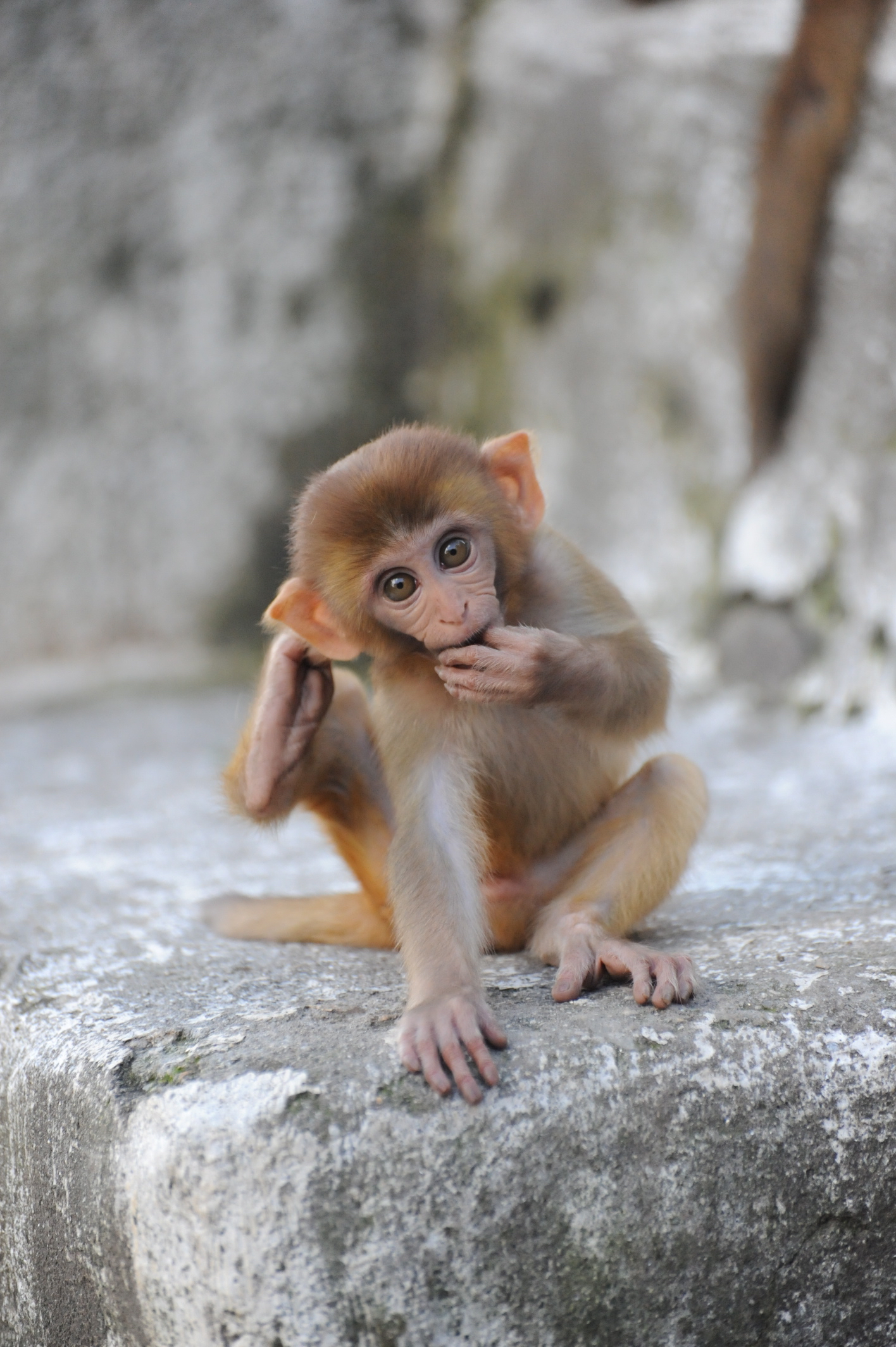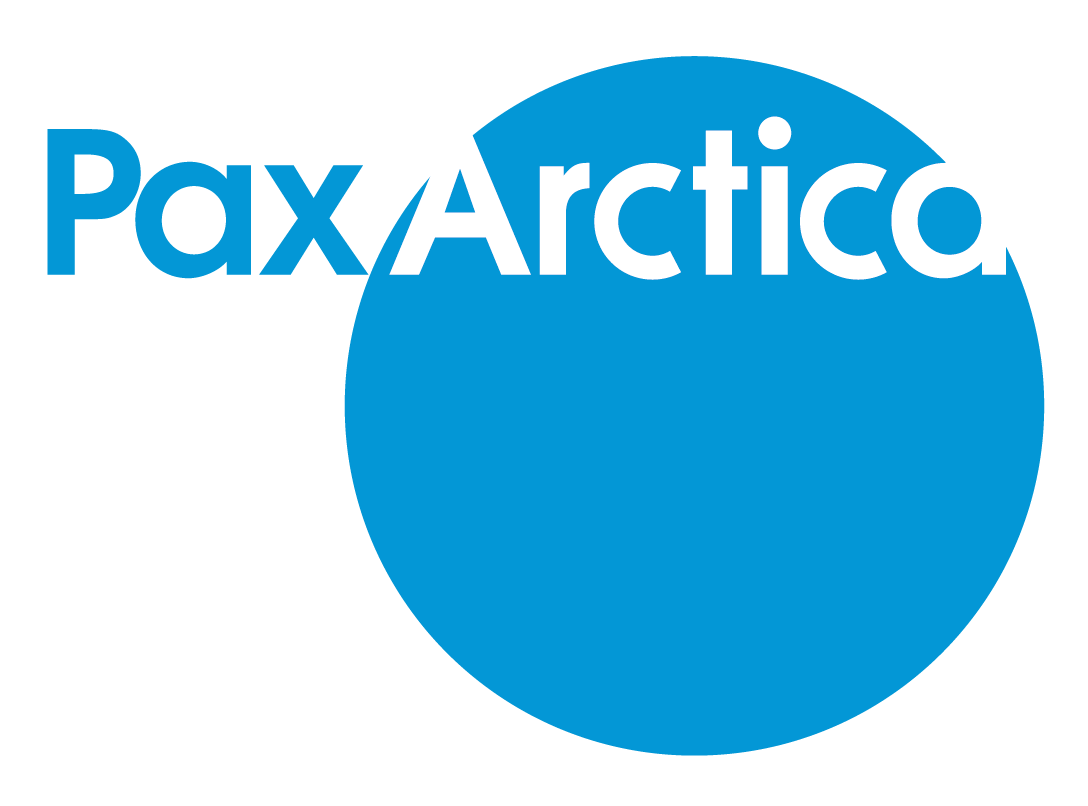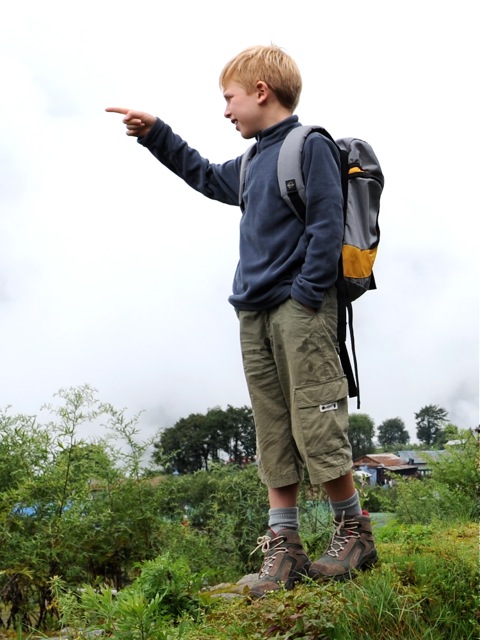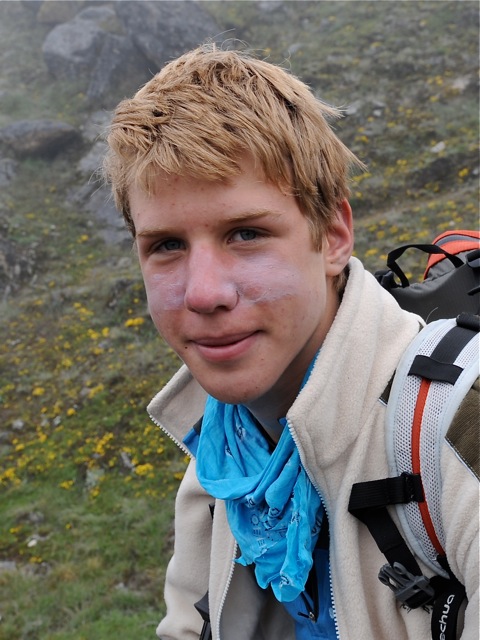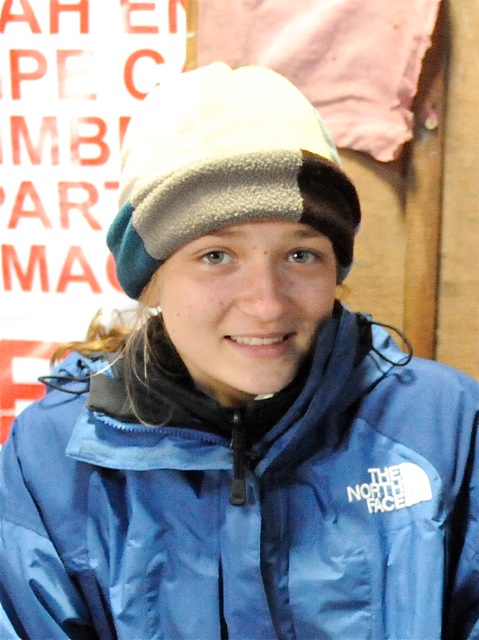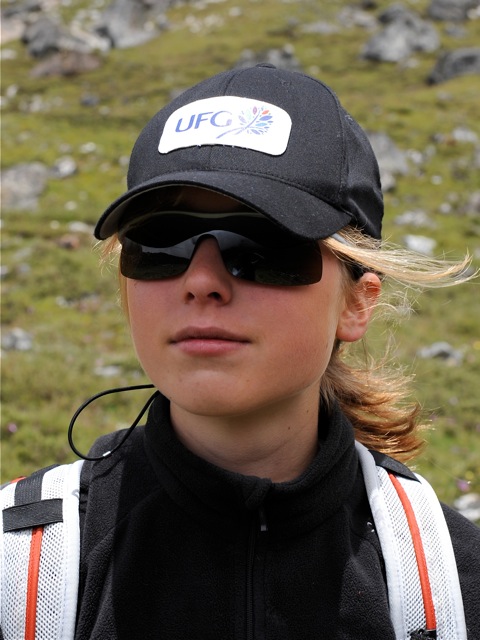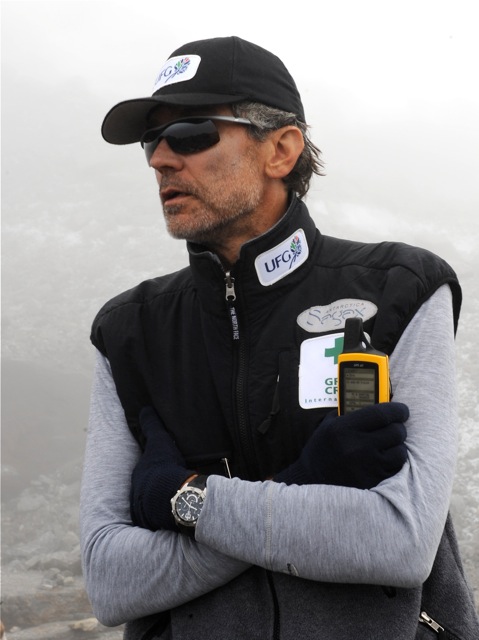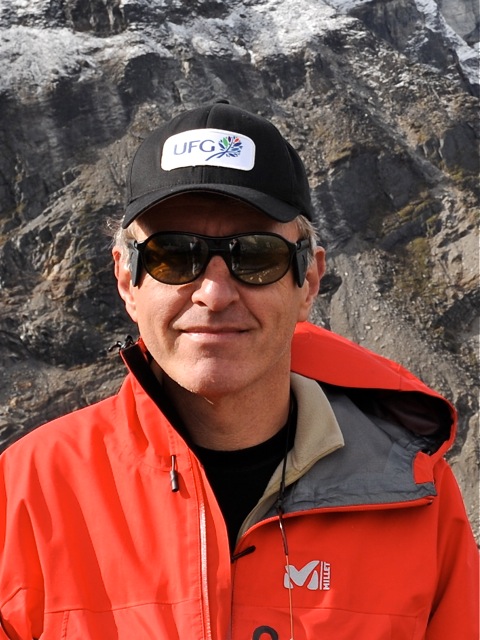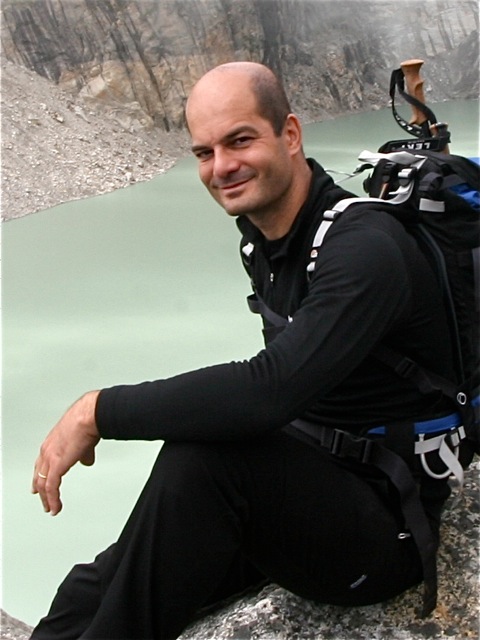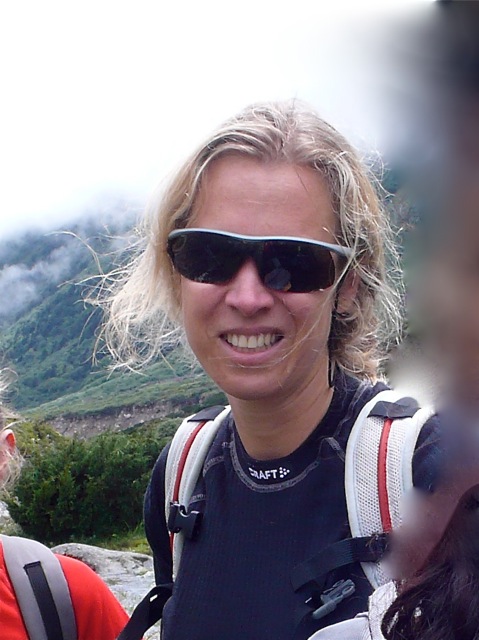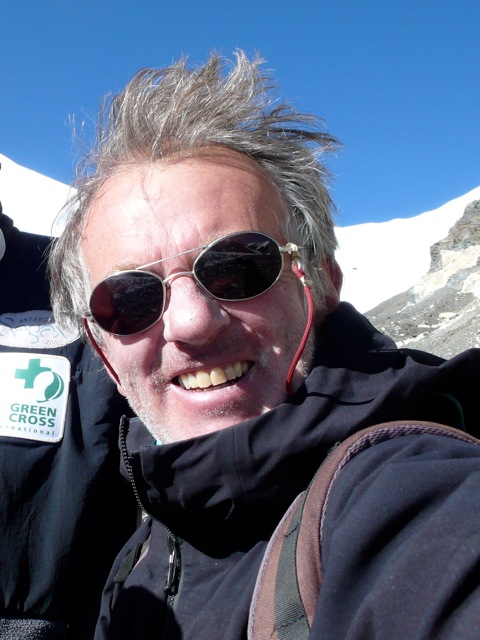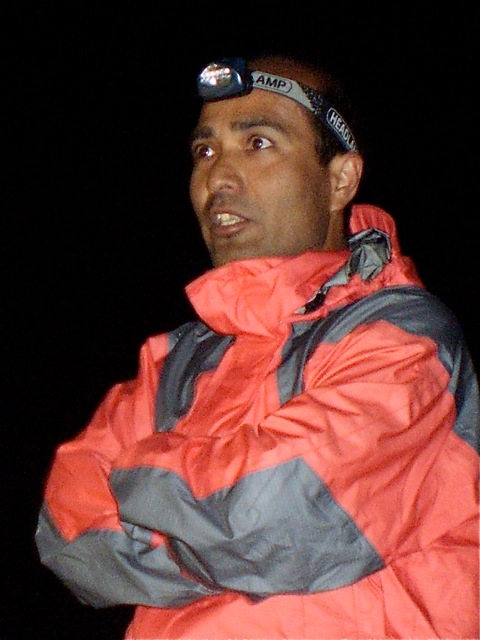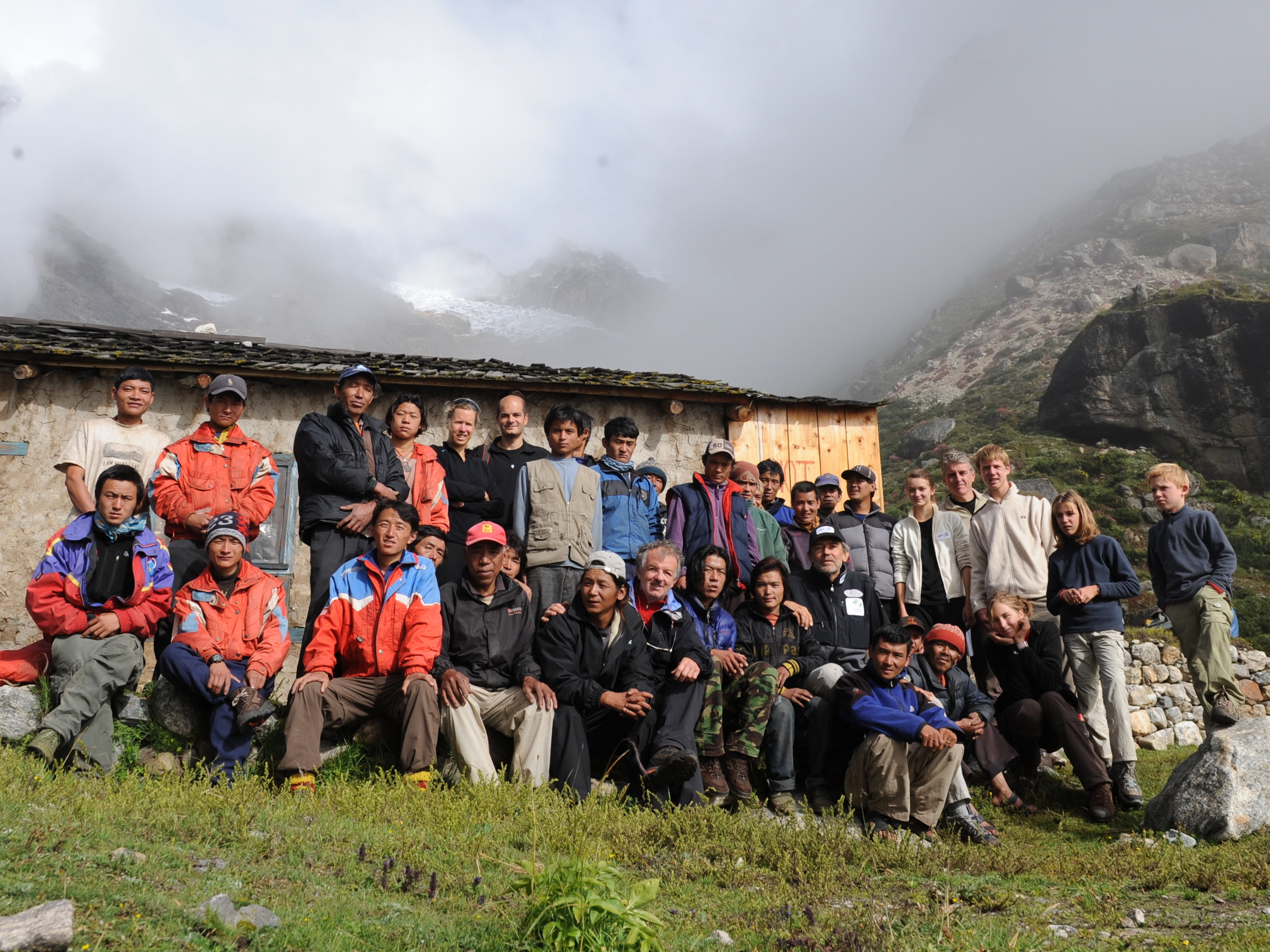In partnership with Green Cross International, Pax Arctica has once again lead a team of Young Ambassadors to witness changes in global climate. This summer our team headed to Nepal to witness changes in lakes and glaciers in the Hinky region, just south of Mt. Everest. The expedition was made in collaboration with IRD-LTHE (l'Institut de Recherche pour le Développement - Laboratoire de Glaciologie et Géophysique de l'Environnement) and the Department of Hydrology and Meteorology - Kathmandu University - Nepal.
EXPEDITION SUMMARY
The Nepalese part of our expedition started on August 14 from New York and Paris. All Team participants did arrive safely in Kathmandu on August 15. Although this is typical monsoon season in most parts of Nepal at that time of the year, we did experience a stronger monsoon than normal and had to wait a few days for the plane to take us to the Hinku valley (via Lukla).
This wait gave us the chance to meet with our partner Dr. Rijan Bhakta Kayastha of the Department of Hydrology and Meteorology (DHM) – Kathmandu University. Children and adults alike got a chance to learn a lot about what’s going in the region. We were also please to meet Dr. Samir Shrestha, a recent graduate from Kathmandu University. Samir proudly and very efficiently filled the position of trekking scientist during our entire expedition.After a most difficult trek through over the mountains overlooking the Hinku valley, we finally arrived on the Mera glacier on August 26th. There we took advantage of a window of relatively good weather to conduct some field work (photos, video, GPS coordinates, measuring of ablation stakes, snow line, etc.).
We also were fortunate enough to observe and photograph Sabai Tsho lake, a symbol of glacial lakes overflowing in the Himalayas (its outburst was on Spet. 3, 1998). Because of the various delays we had incurred during the trip, we did not have the time to come back by foot and took a local helicopter back to Lukla.
The French team of scientists who did install the stakes on Mera glacier this past couple of years is now back on Mera Glacier (November 2009) for further measurements and scientific work. We are all eager to see what data they will bring back from their multi-week expedition and what information will come out of this work.
A big thanks again to all our sponsors, especially UFG, TAG Heuer, Y&R and SIGG.
Our group of environmental advocates and children:
- Interacted with European and Nepalese scientists
- Had the common goal to explore the region and to contribute field data
- Helped with the assessment of the conditions of glaciers and lakes in the Himalayas region.
What will we do?
•Estimate altitude of snow line in region
– GPS + photos
•To study the glacier mass balance, a network of ablation stakes has been installed in 2007 and 2008 using a drill machine. Stakes are 8-10m long (4 or 5 2-m bamboo pieces linked with a metallic wire).
•Measure emergence of stakes on glaciers:
– Year of stakes installation
– Measure height of snow on top of ice
– Measure emerged portion of stakes
– GPS localization of stakes
TEAM PAX ARCTICA 2009
The young ambassadors:
The adults:
Preparing the expedition:
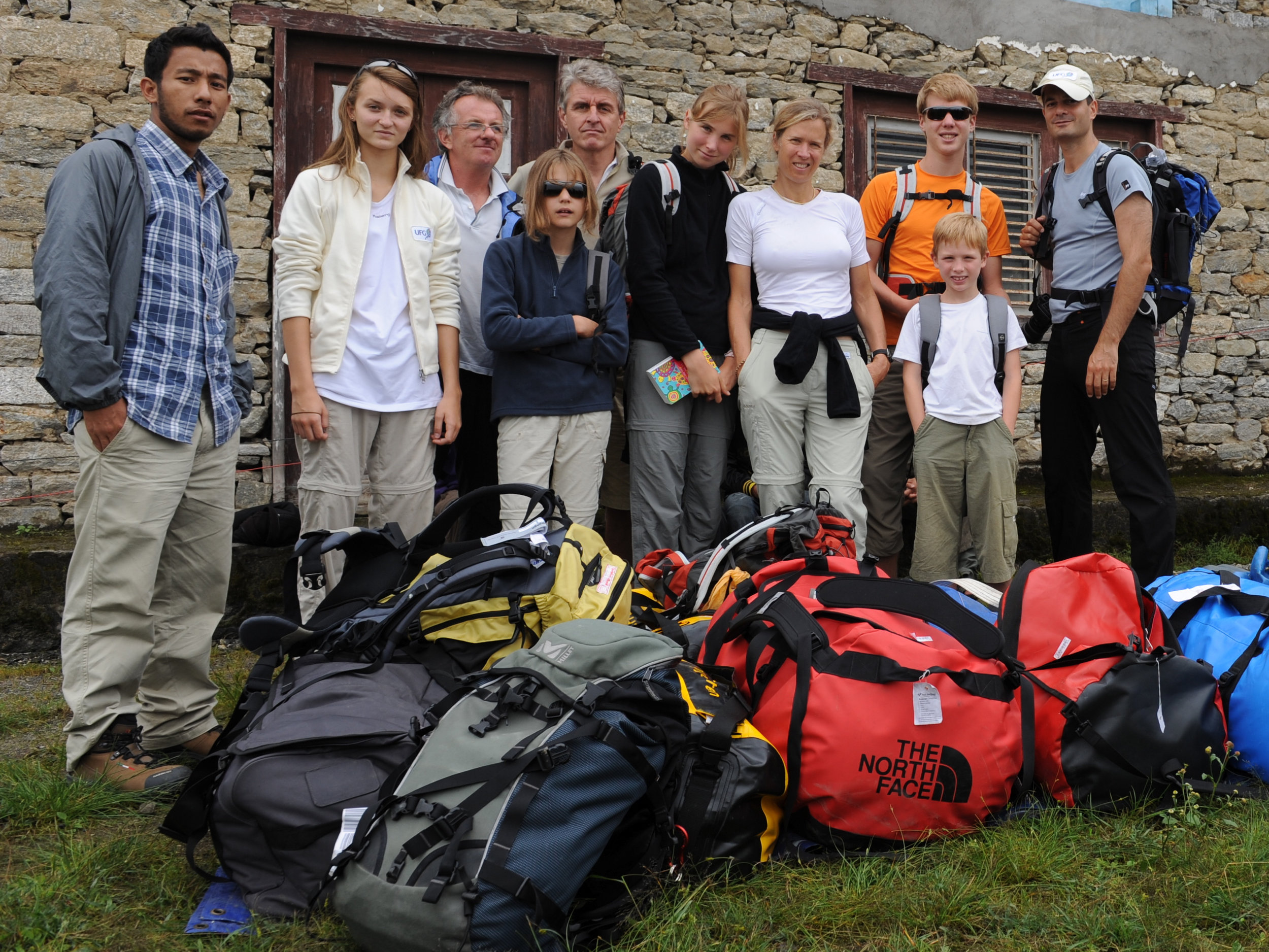
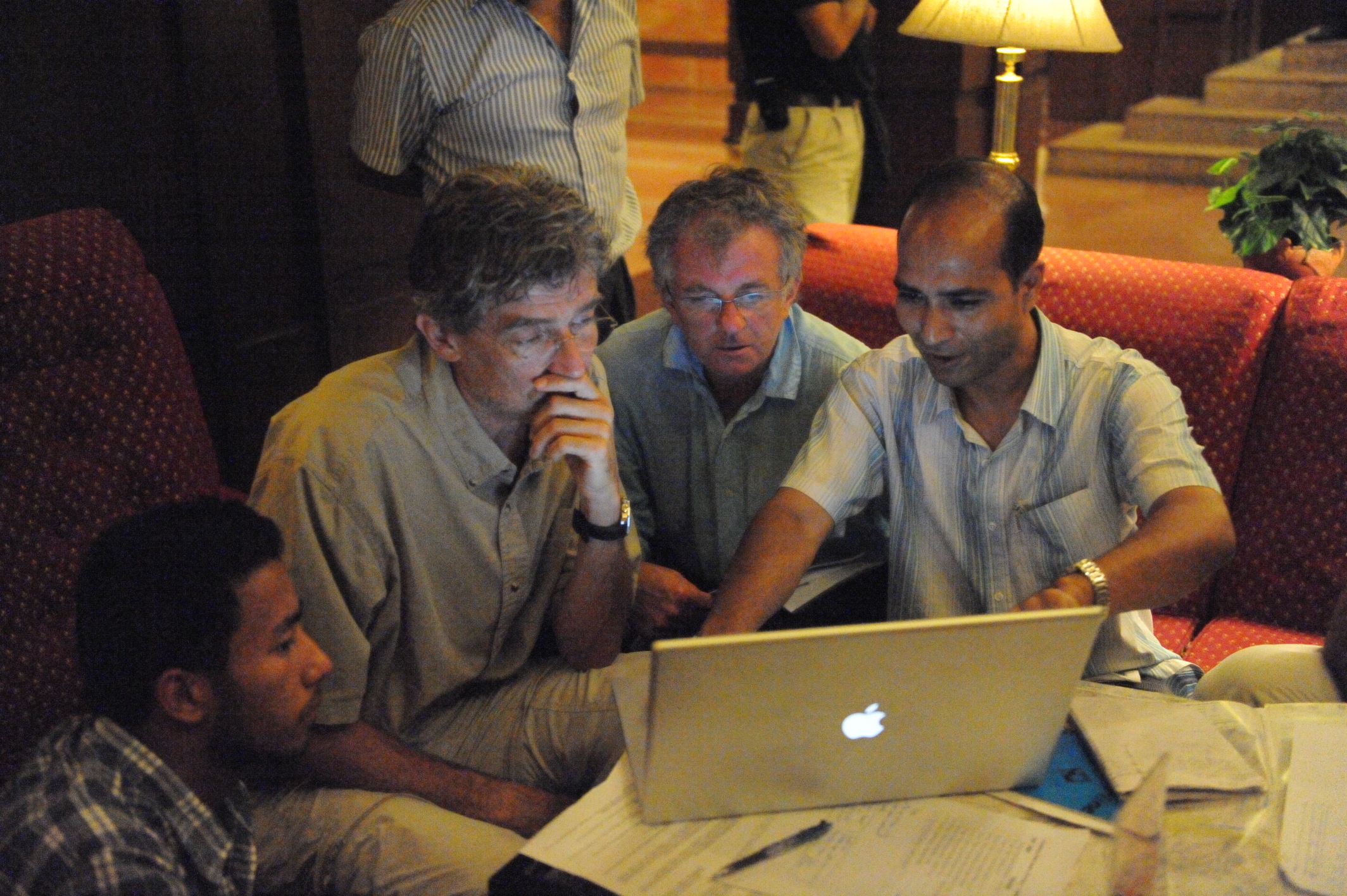

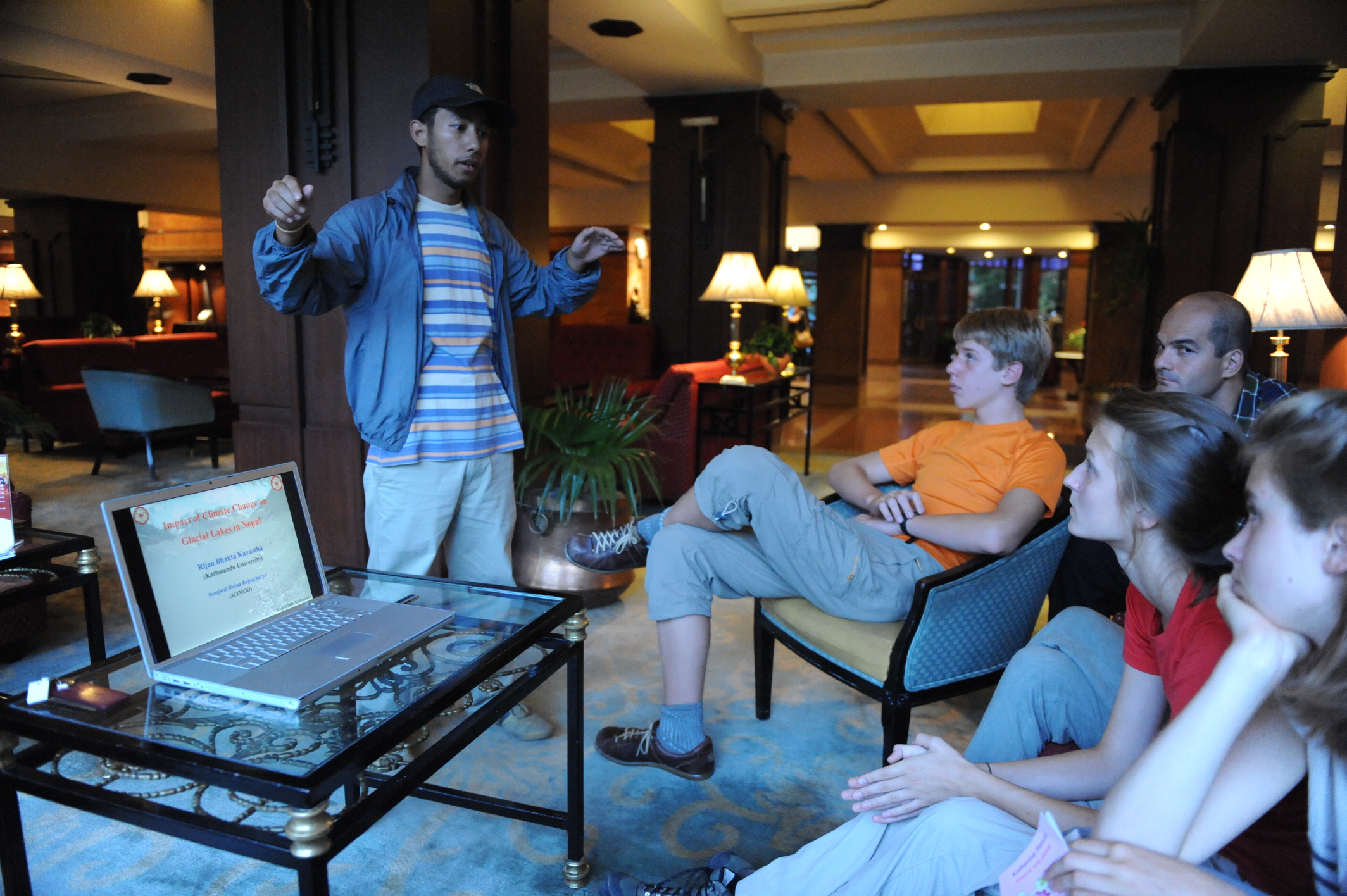
En route to Mera Glacier:
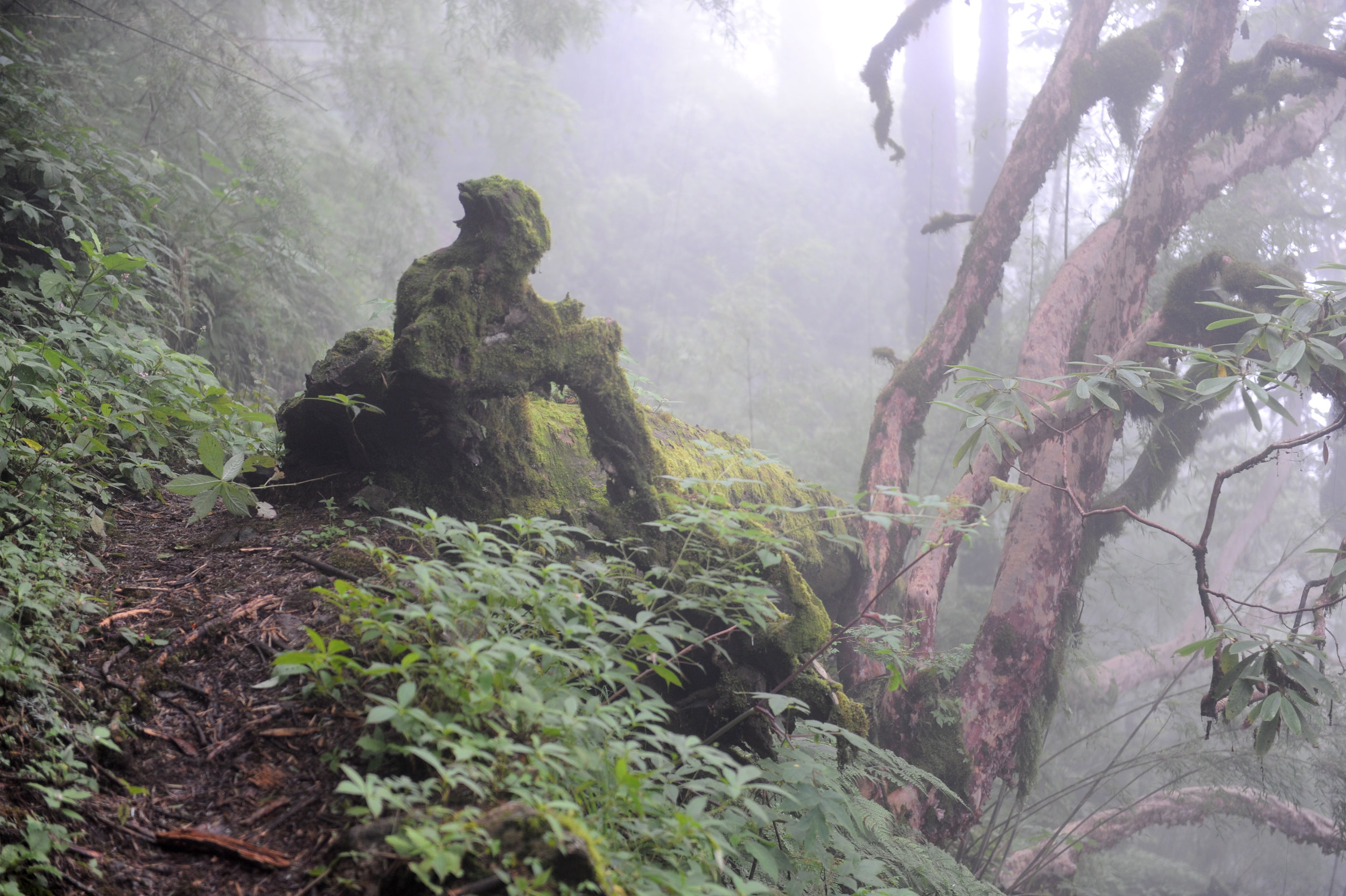

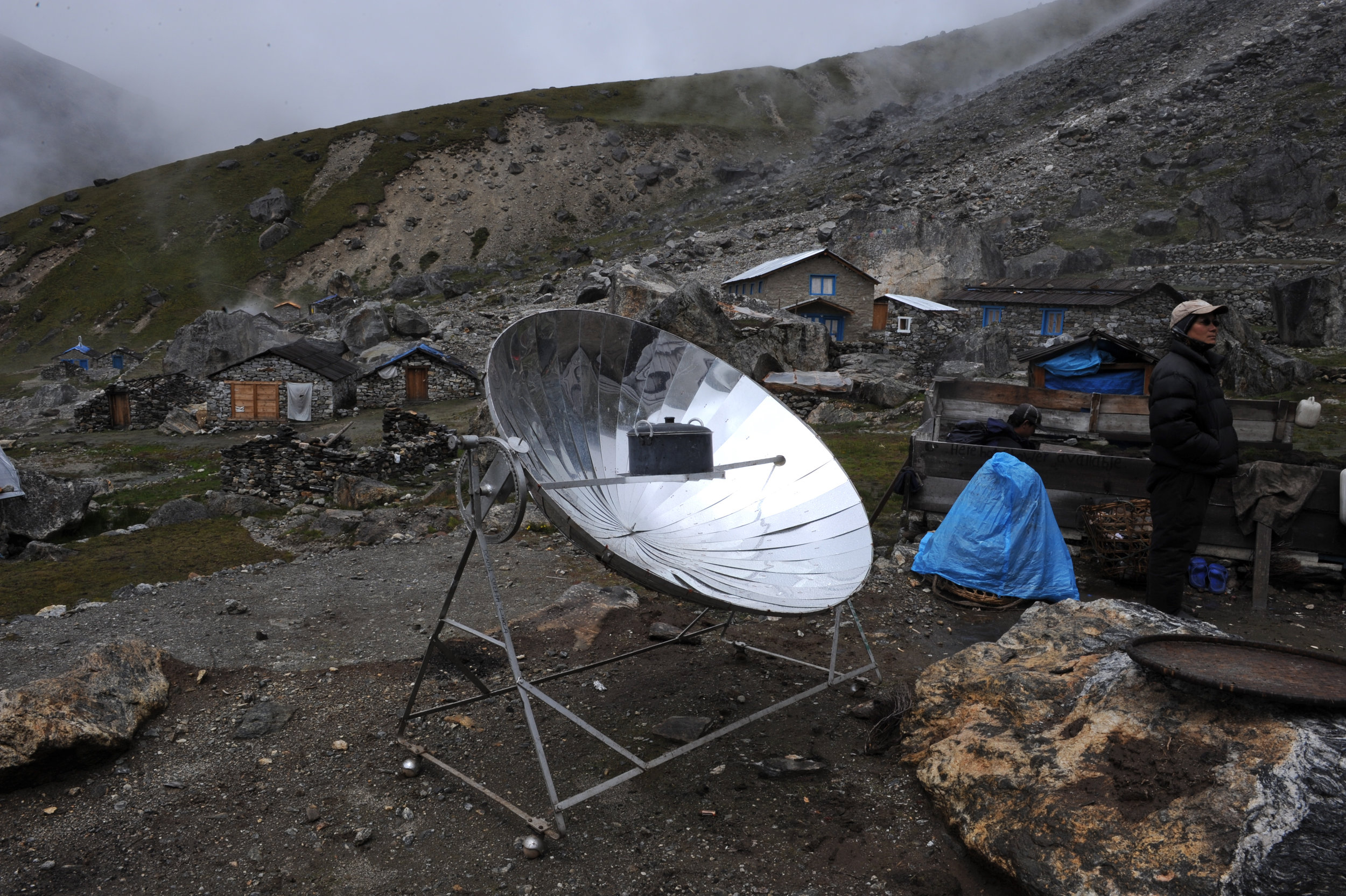
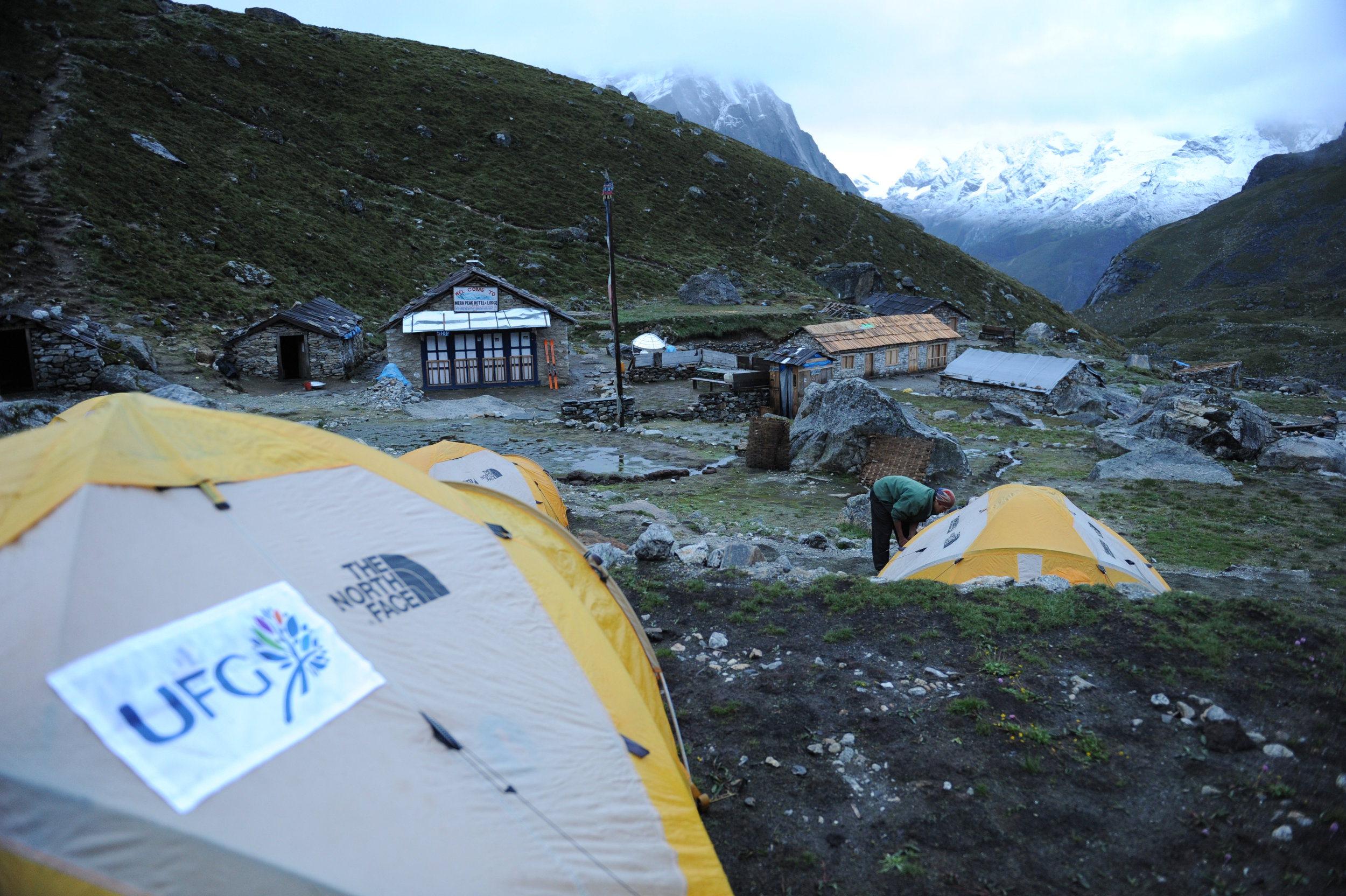
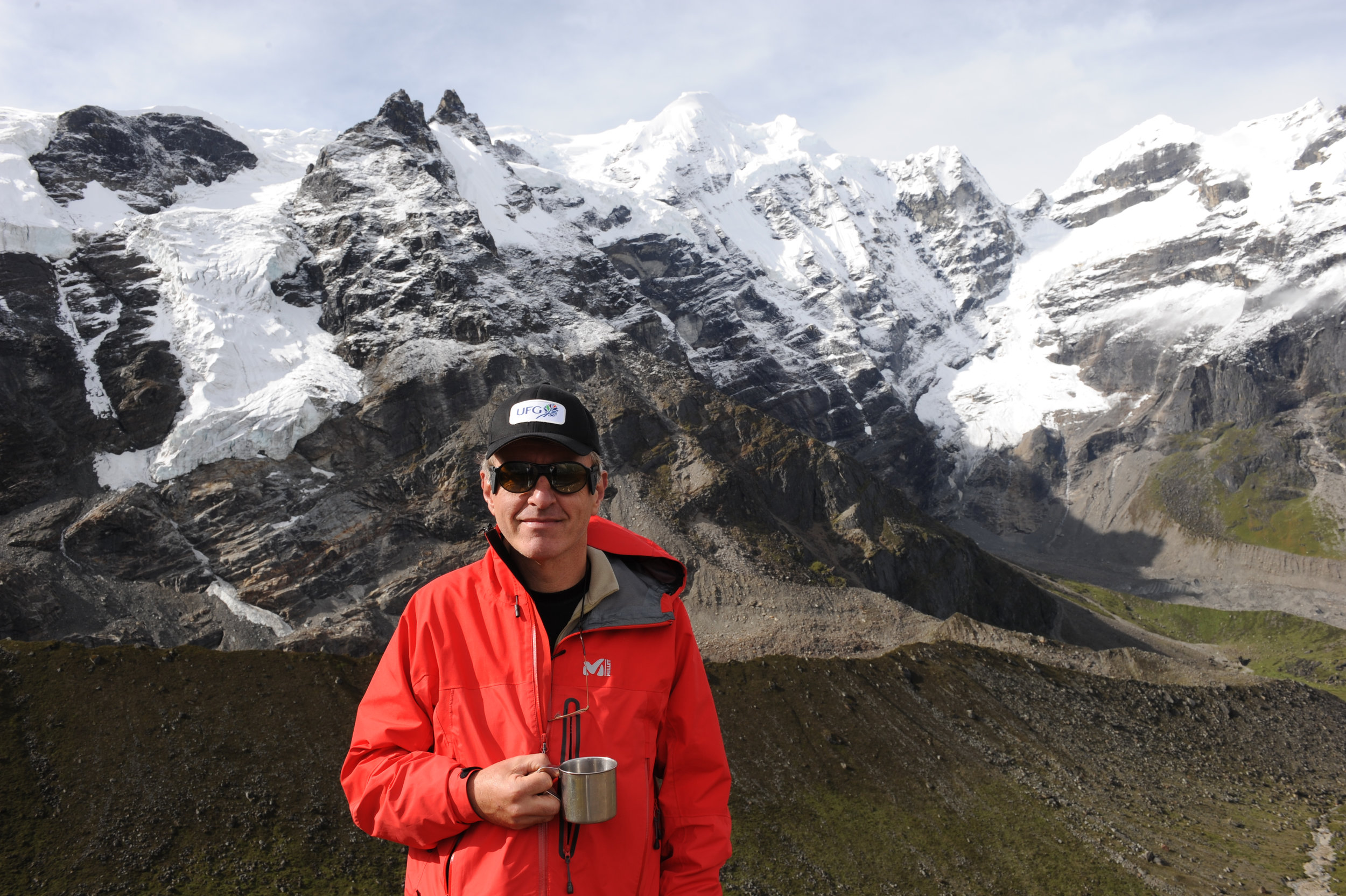

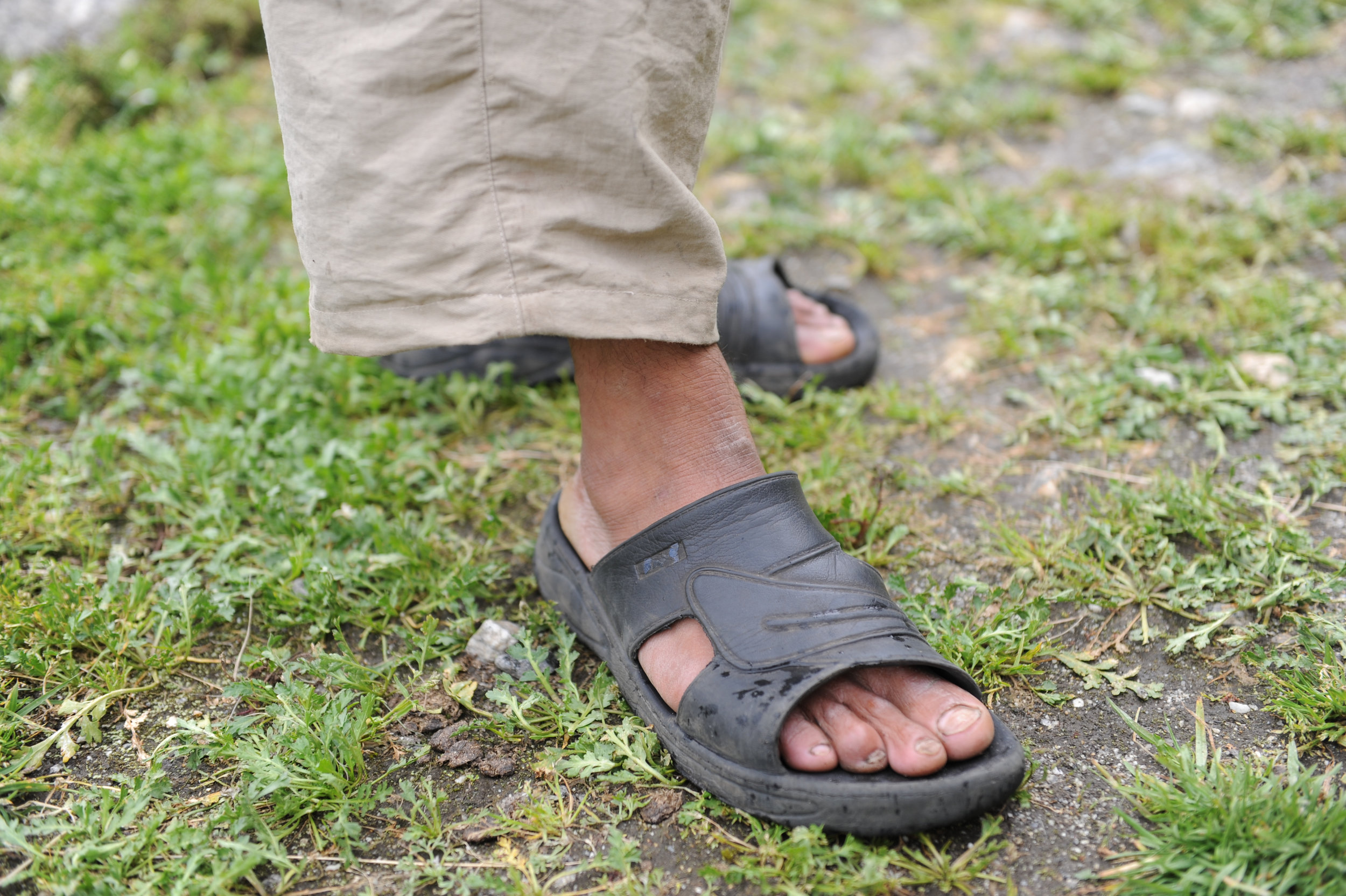
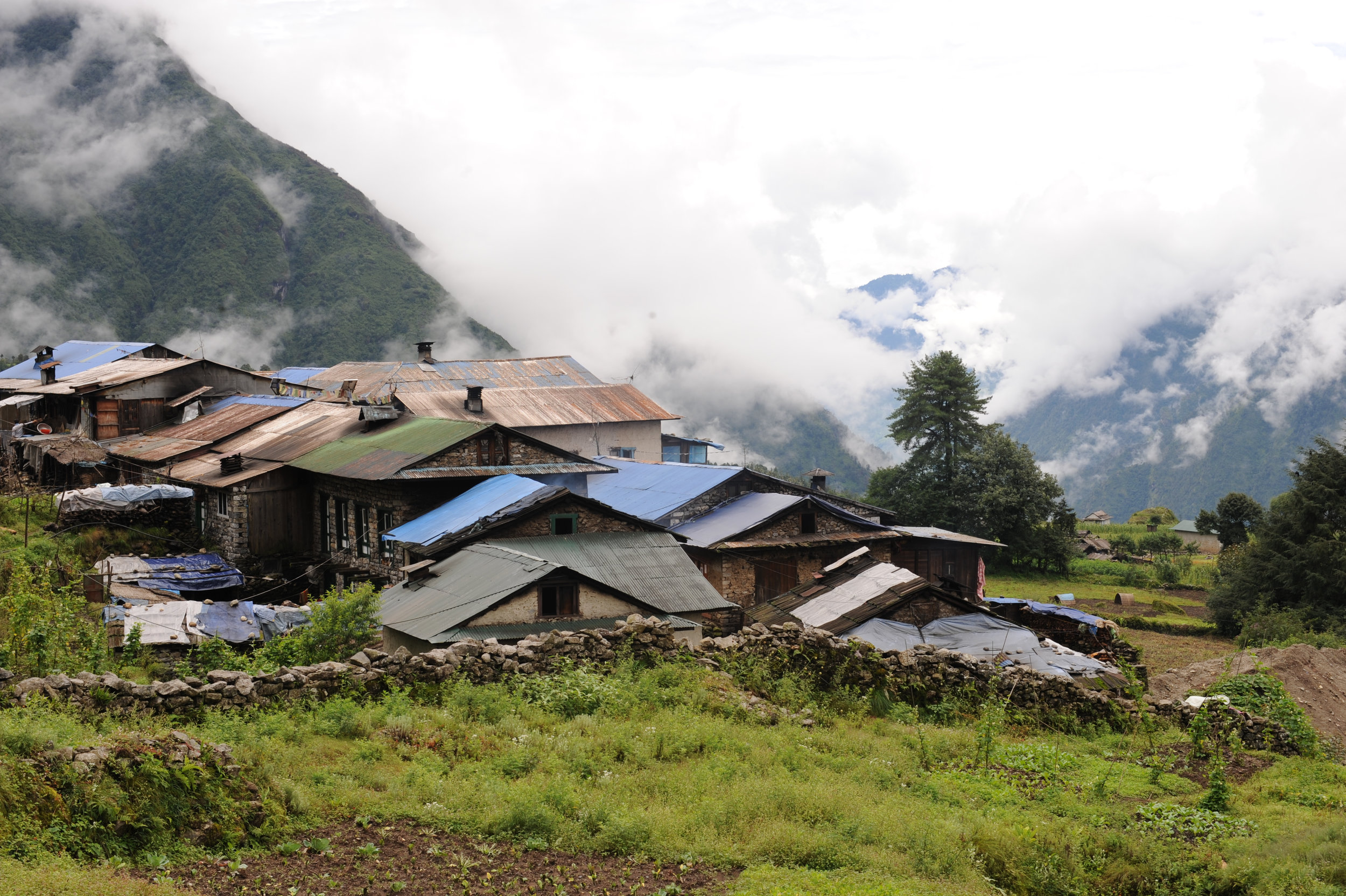
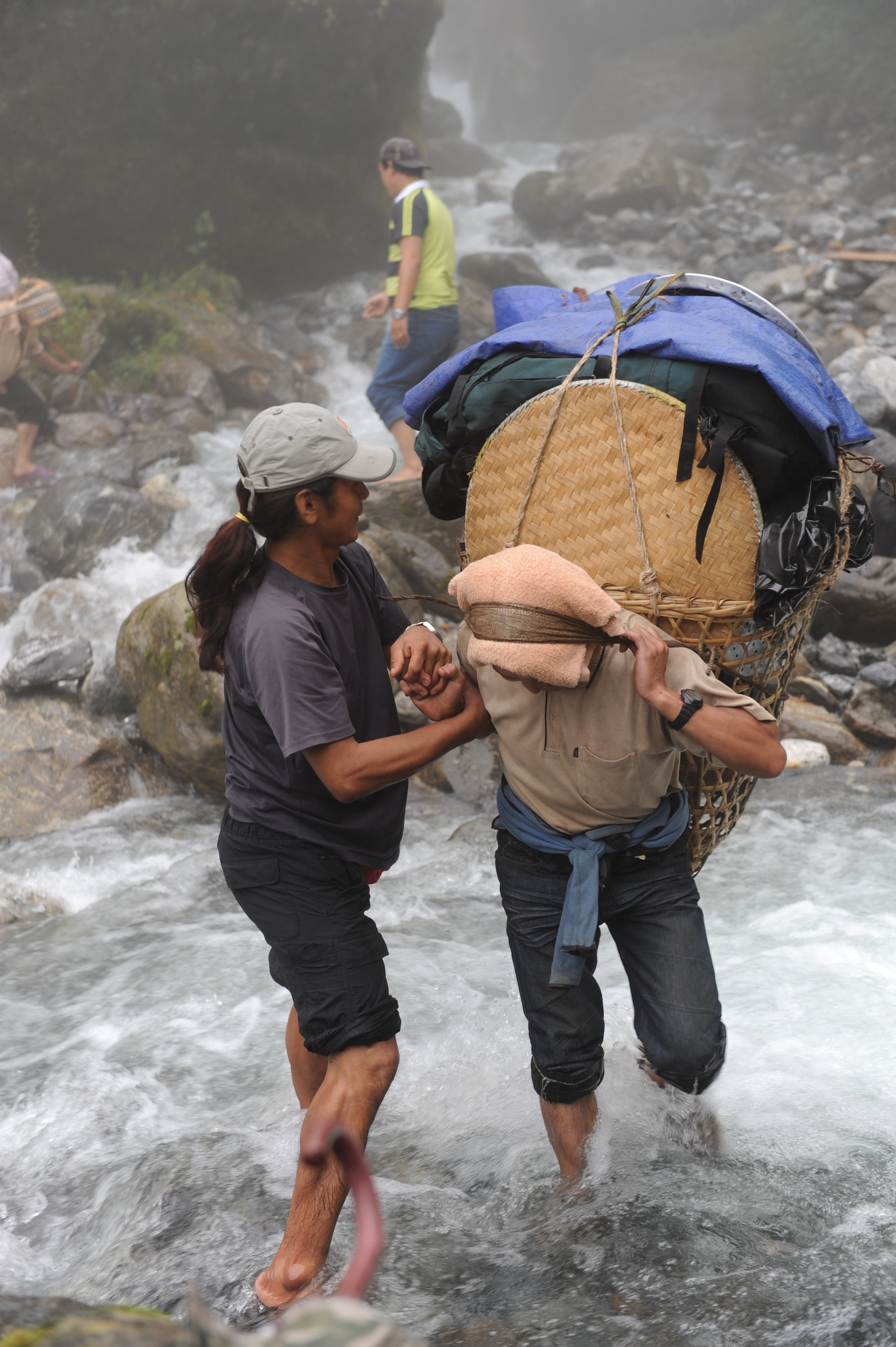

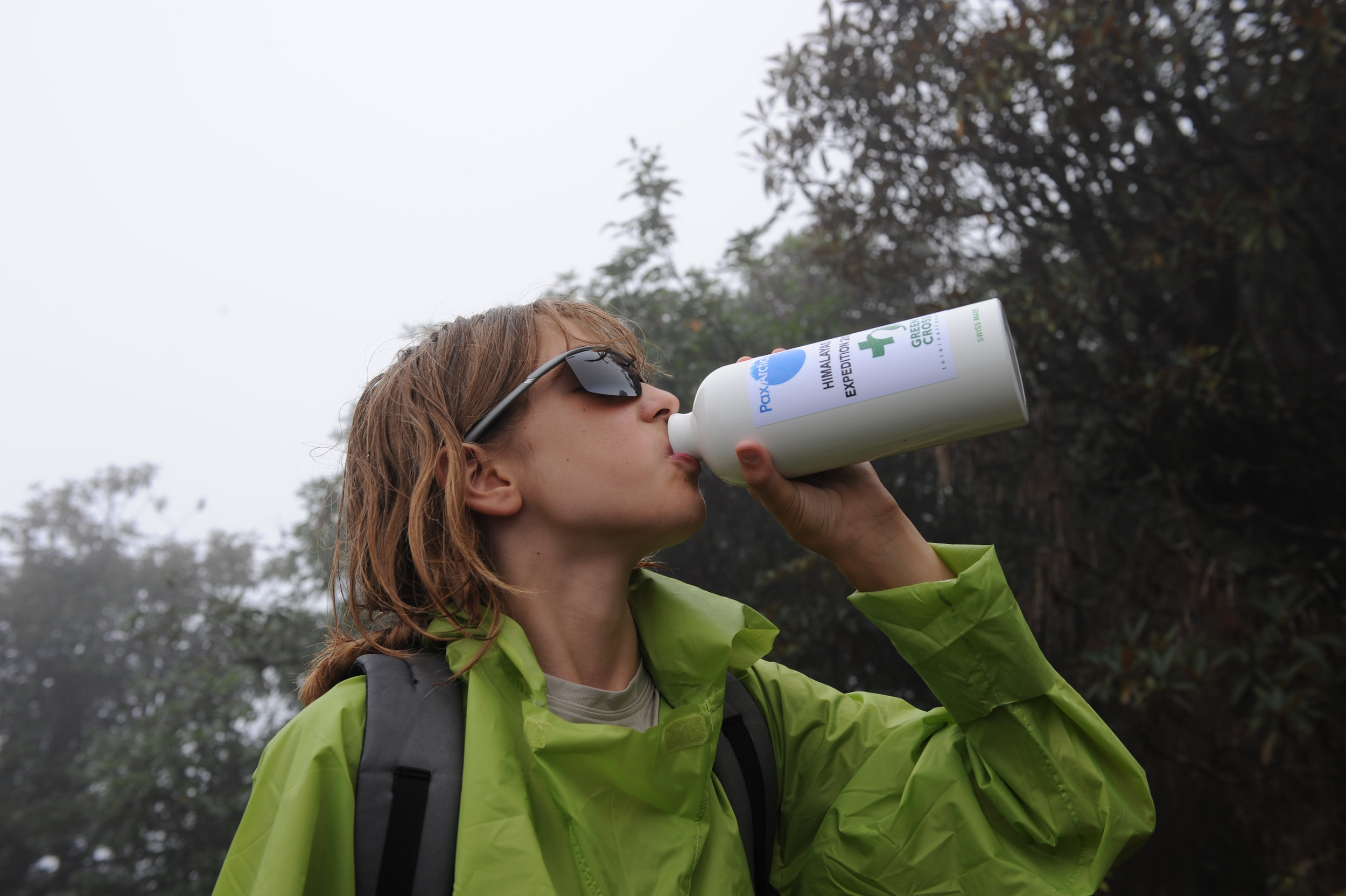
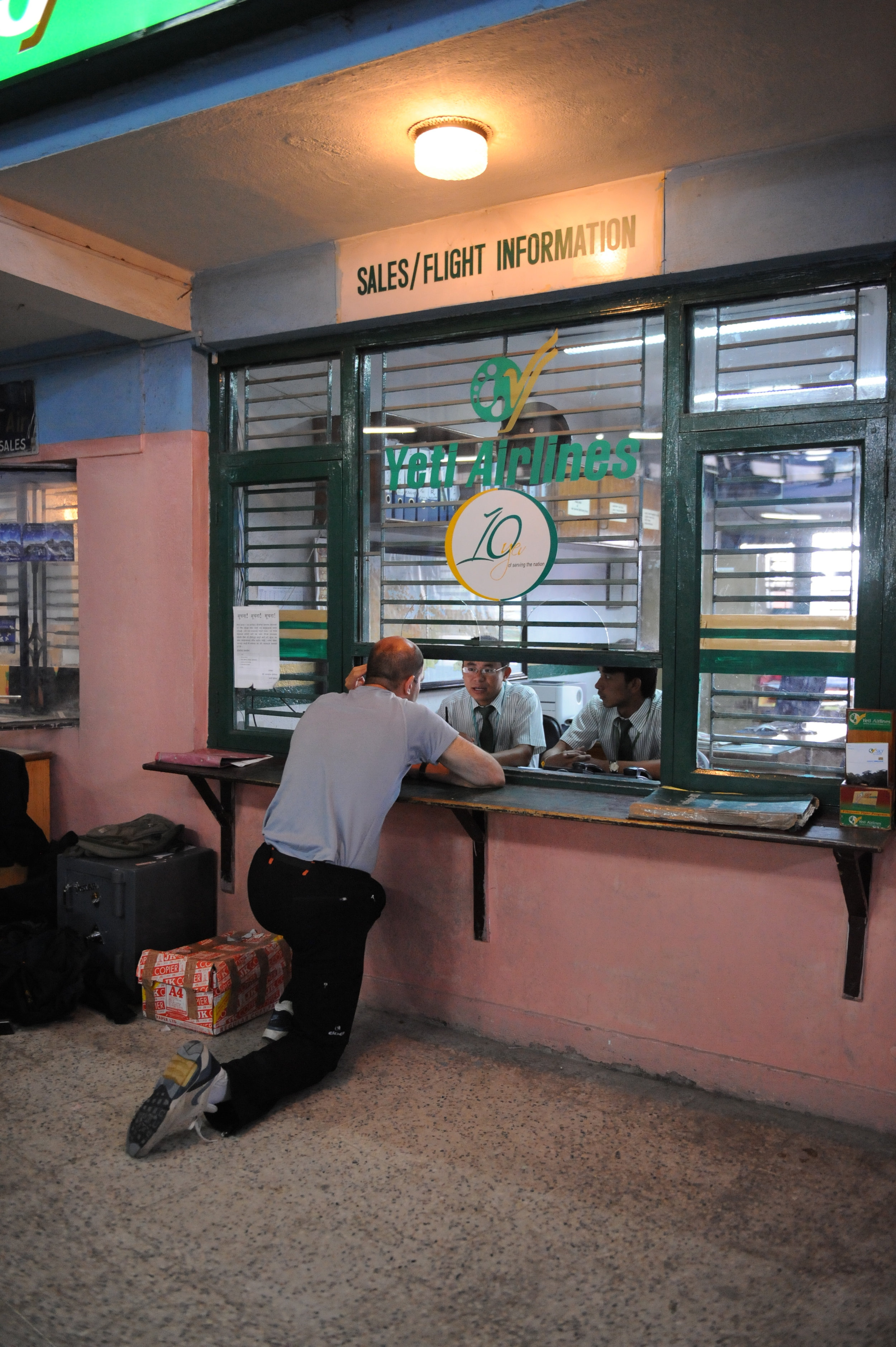
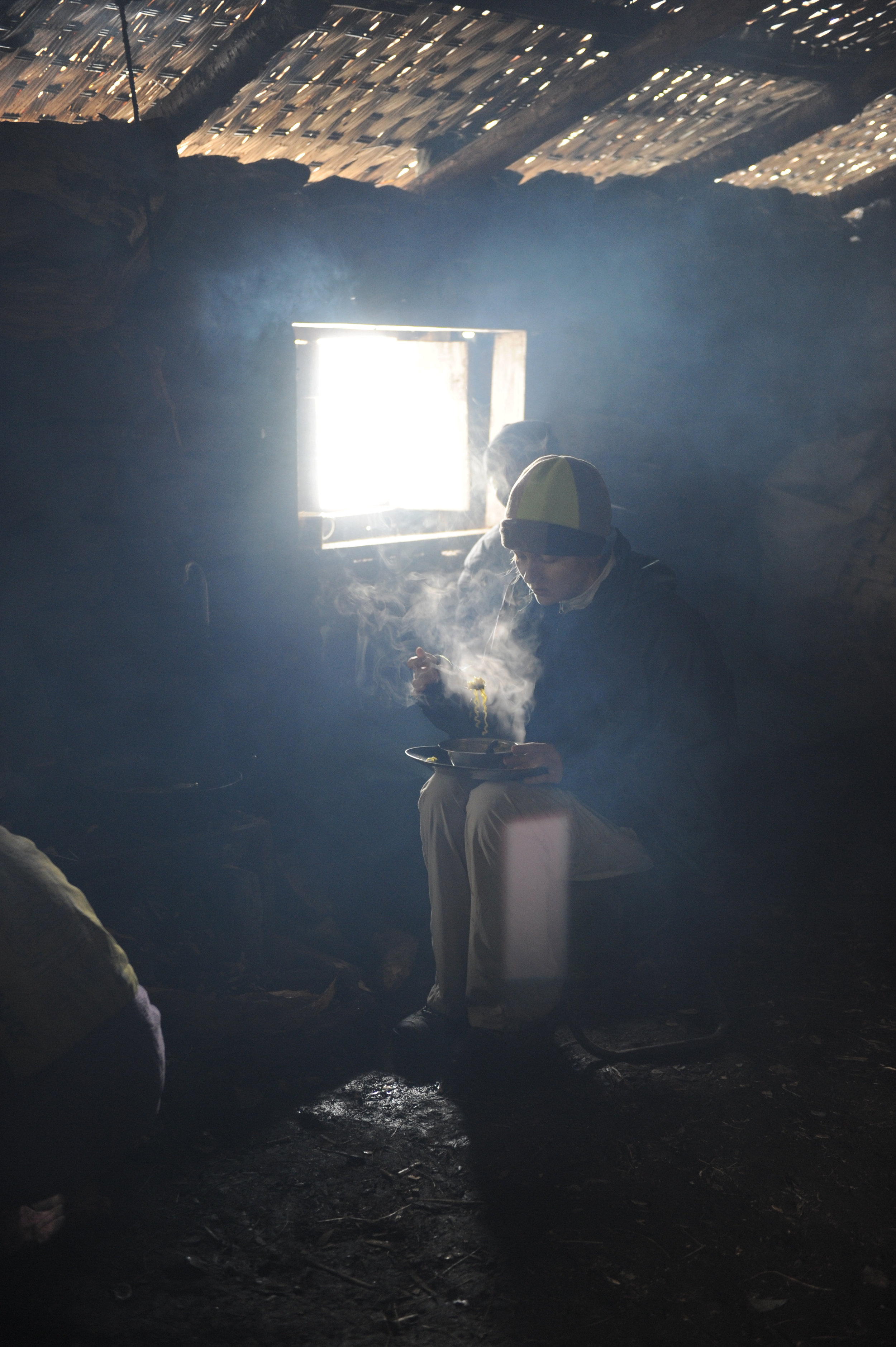
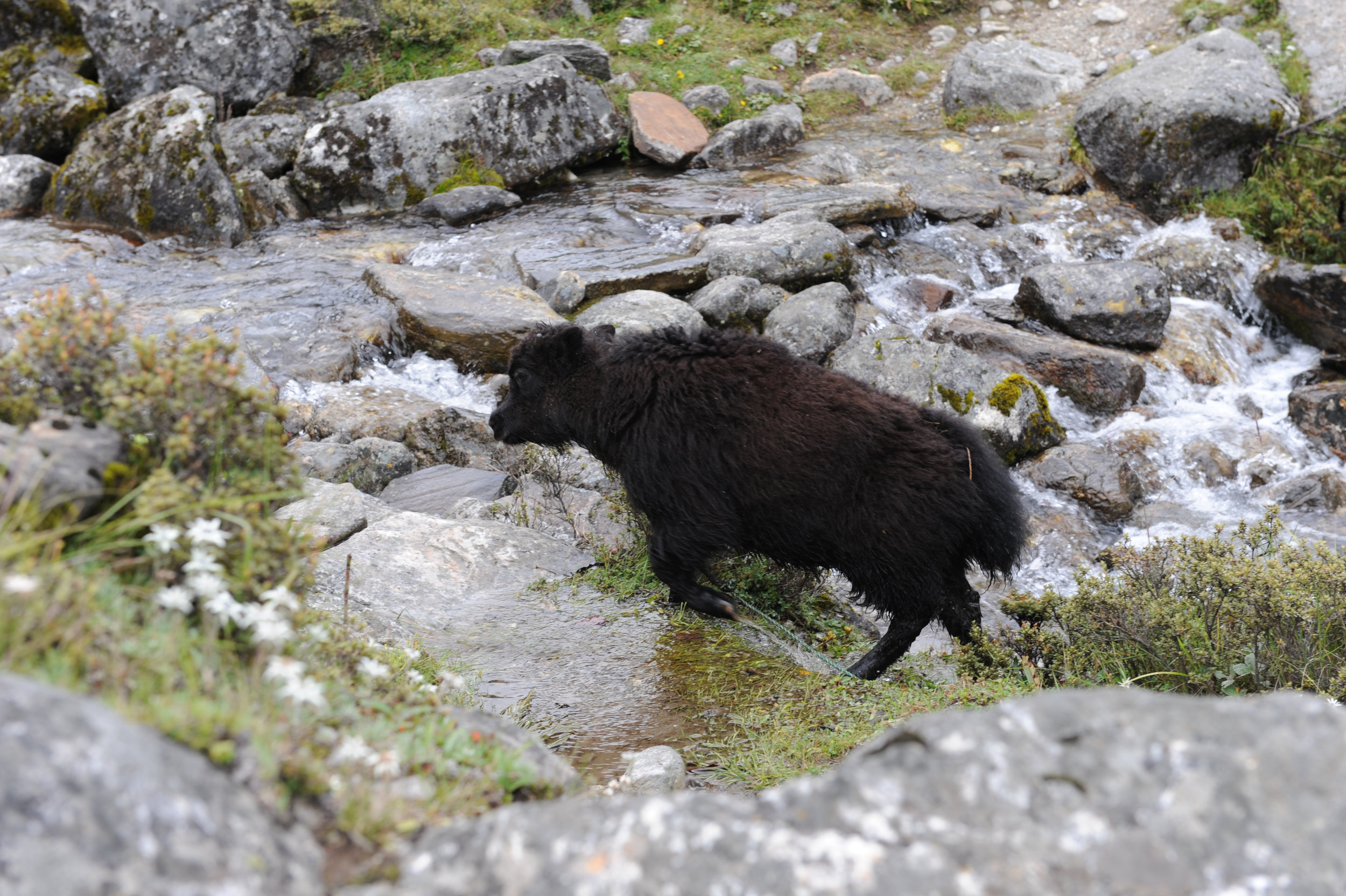
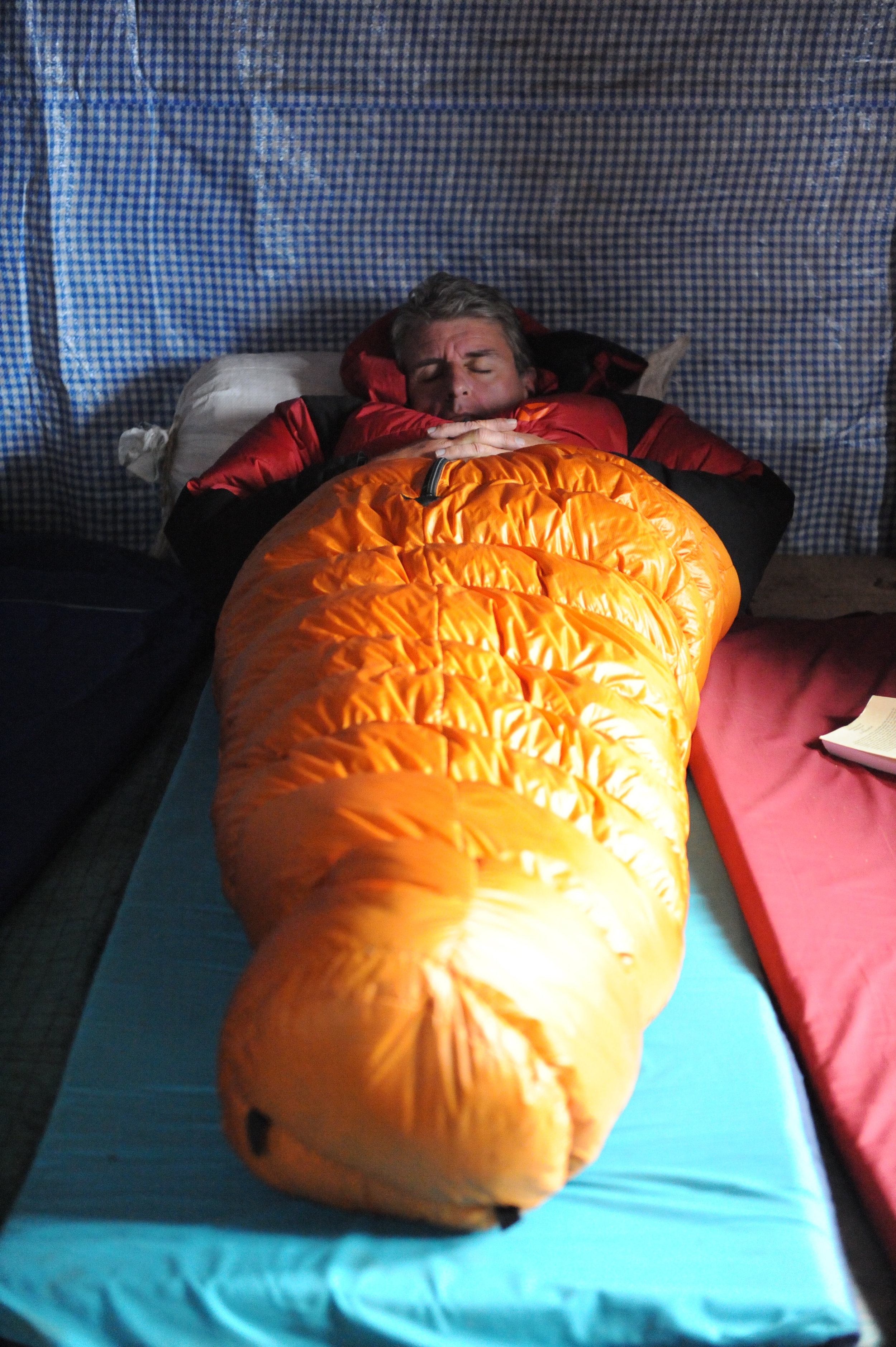

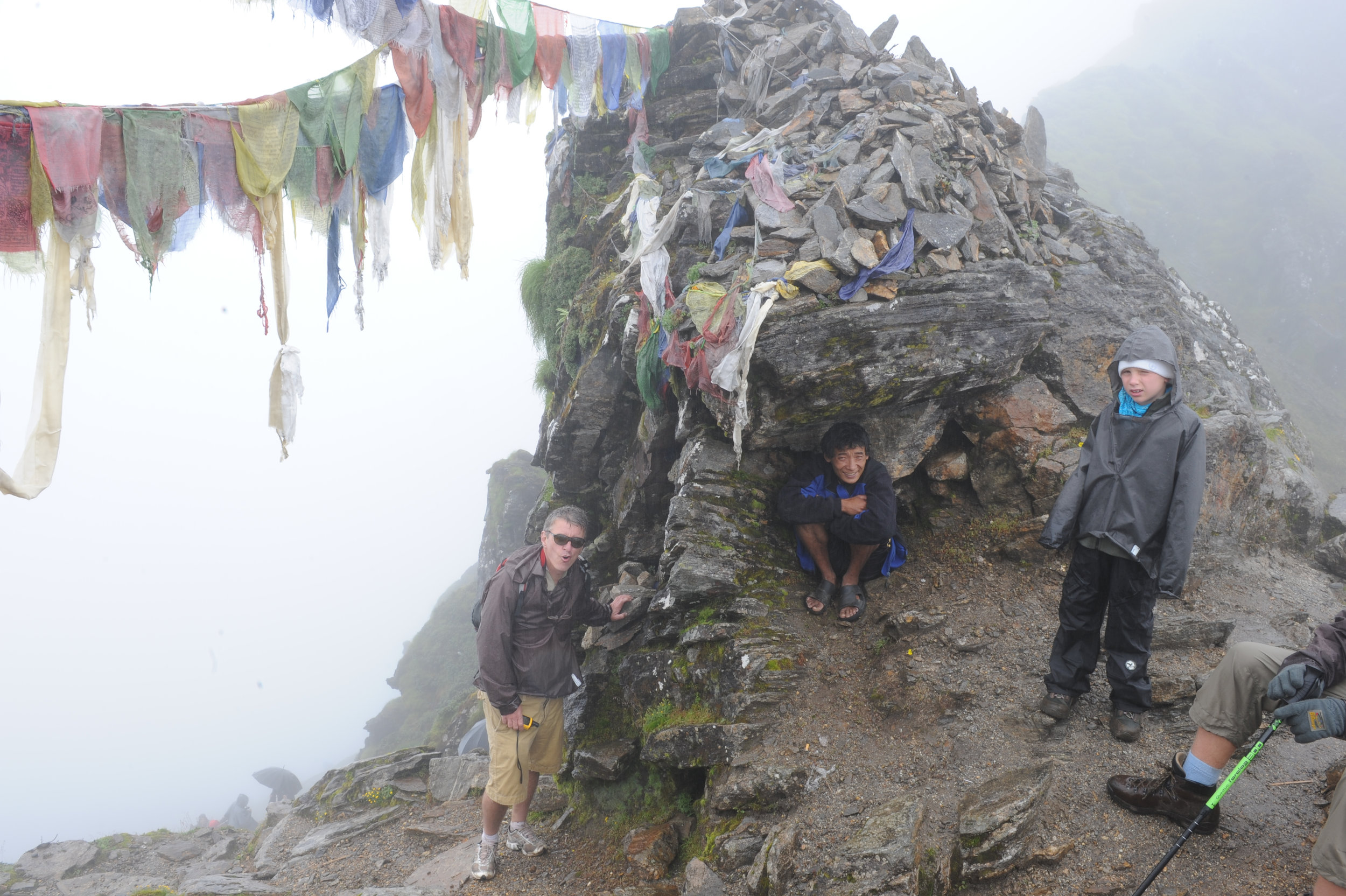
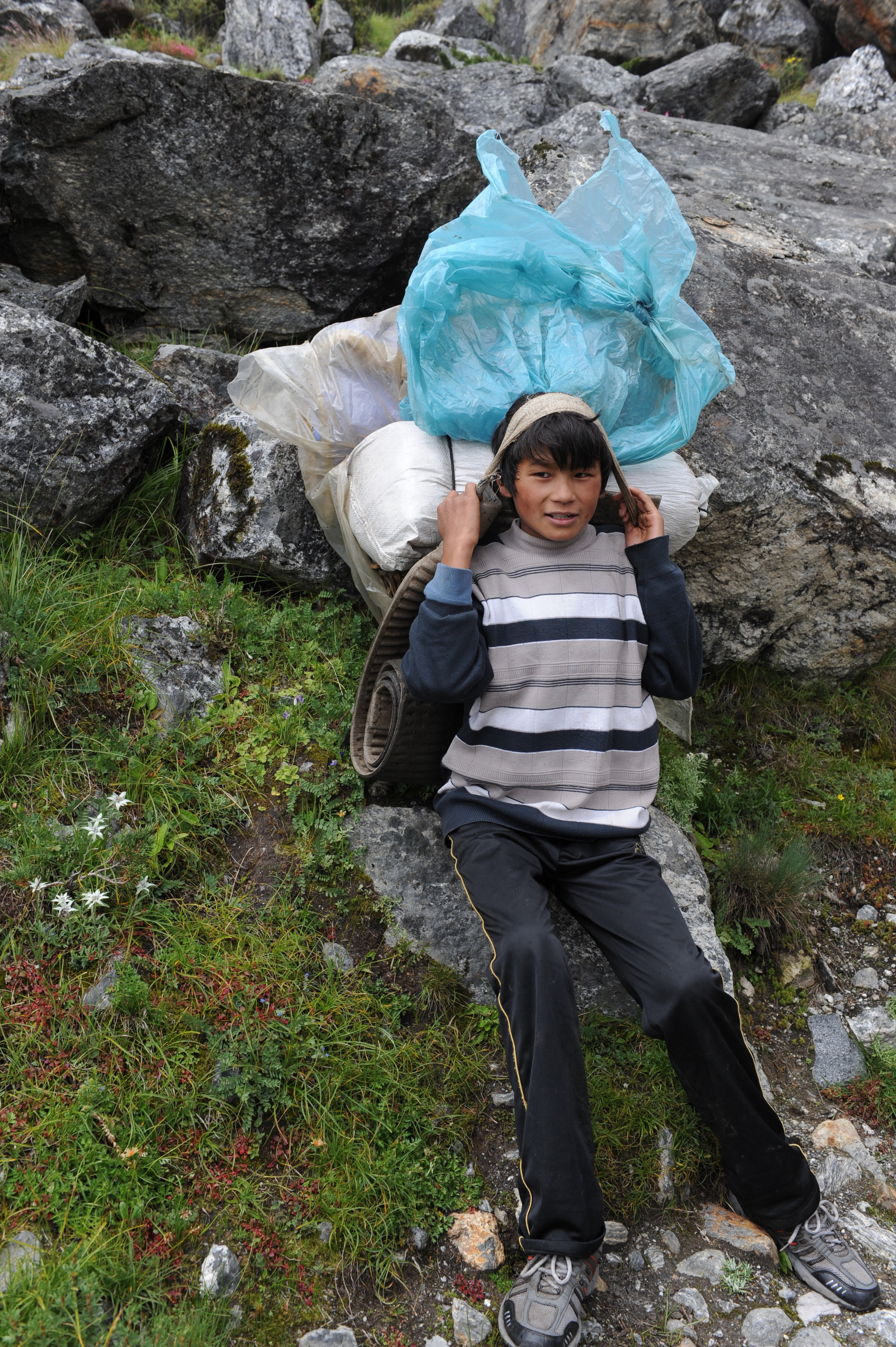
On Mera Glacier - our field work:
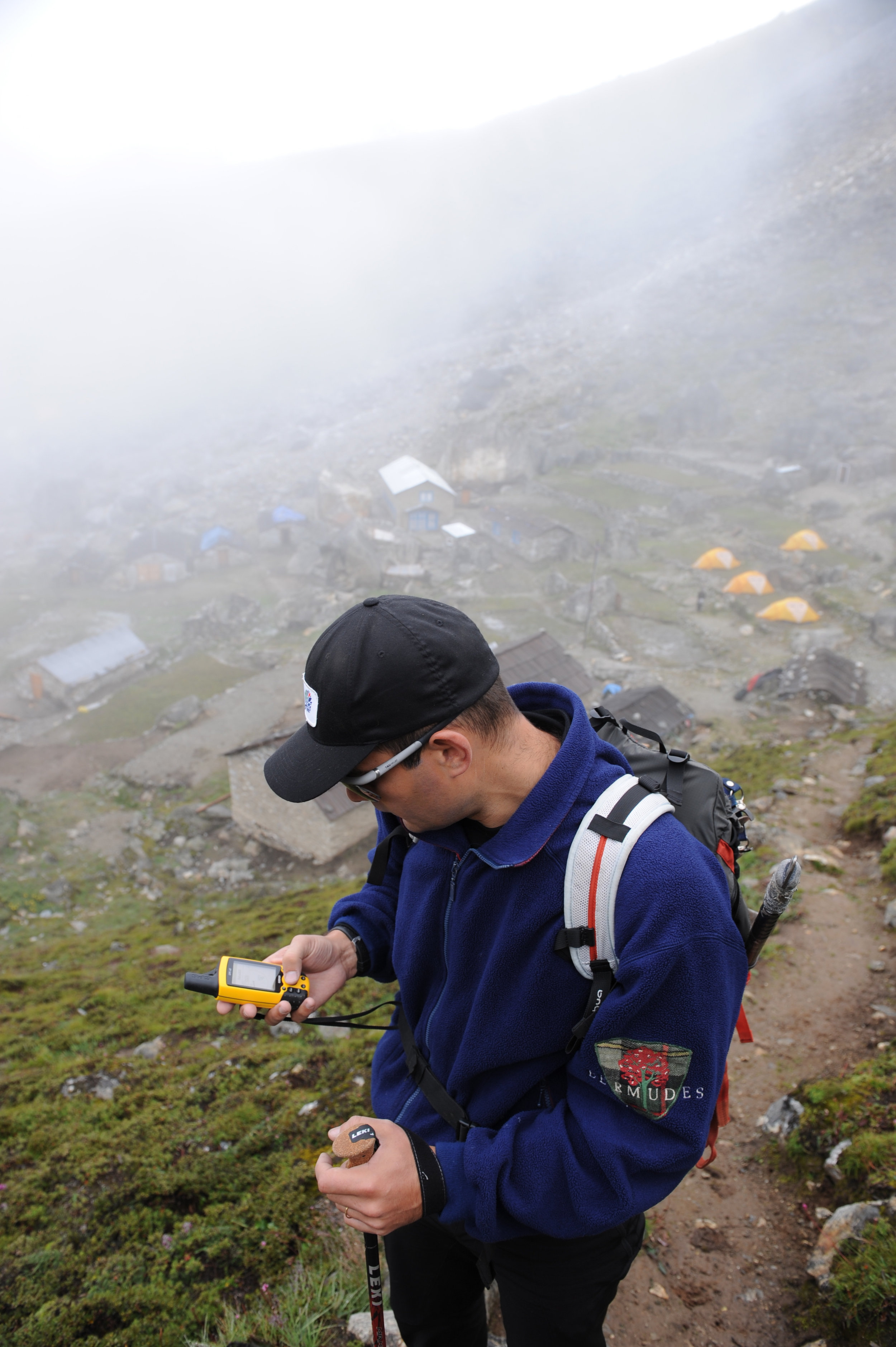
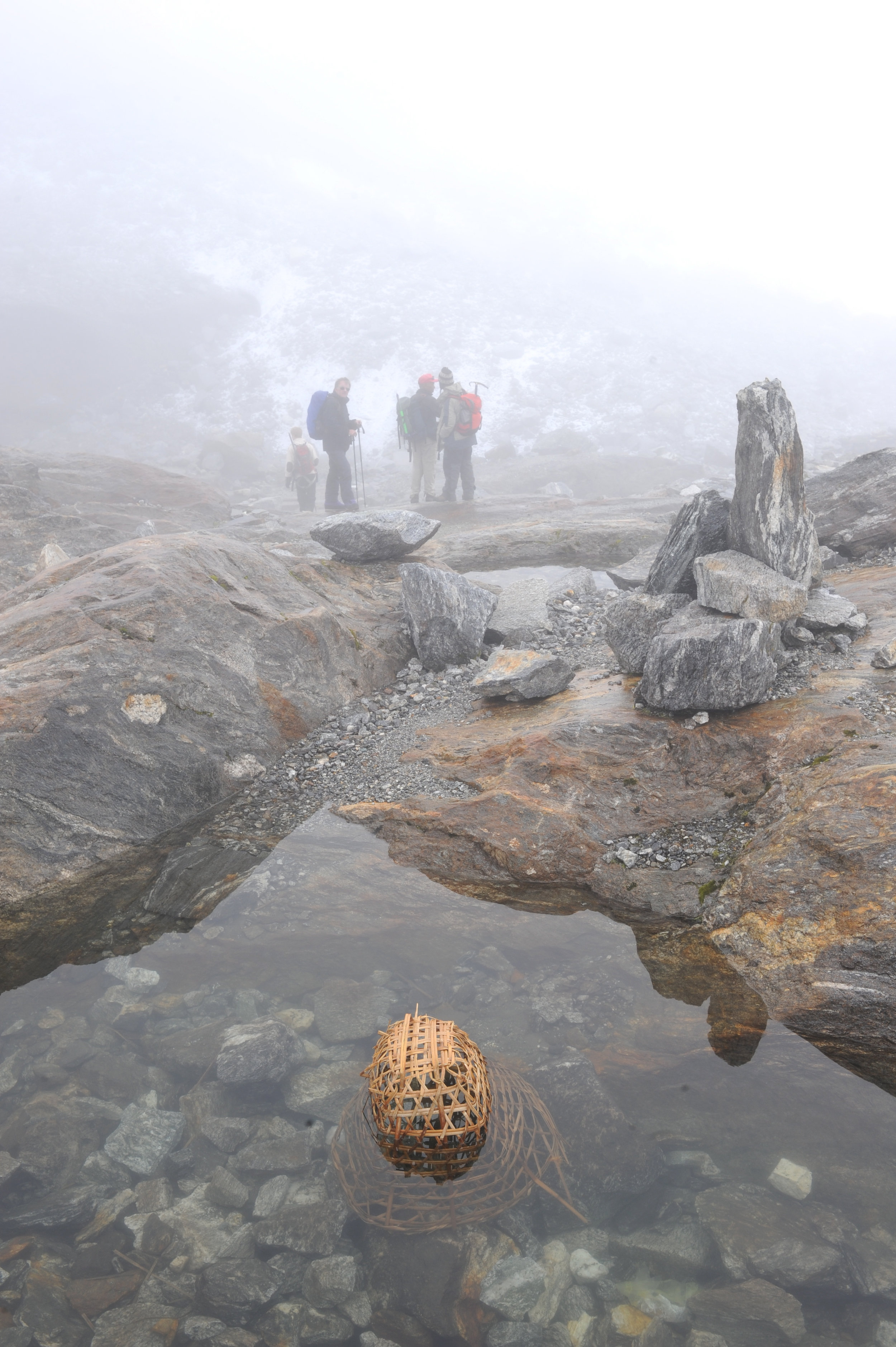
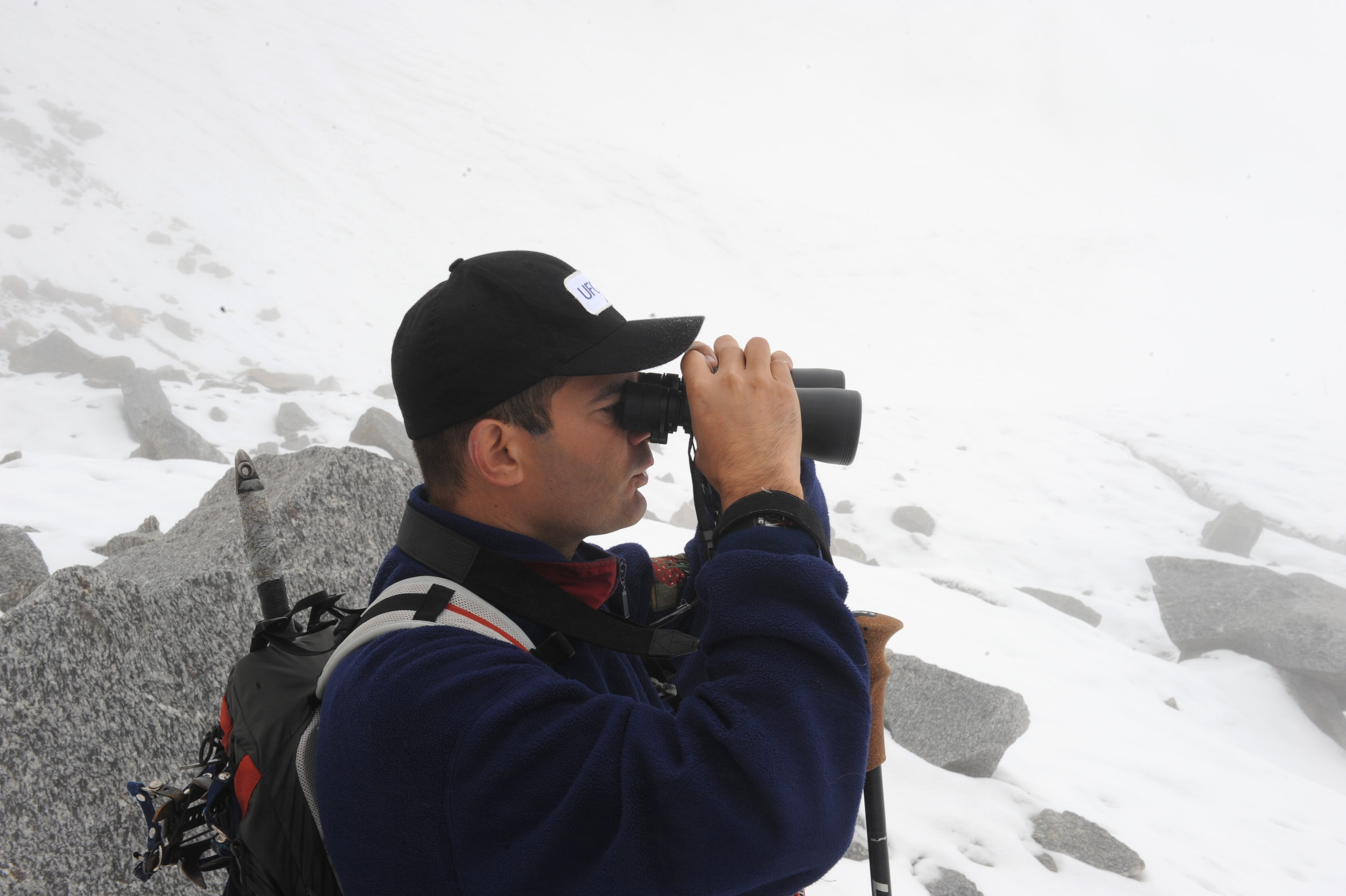
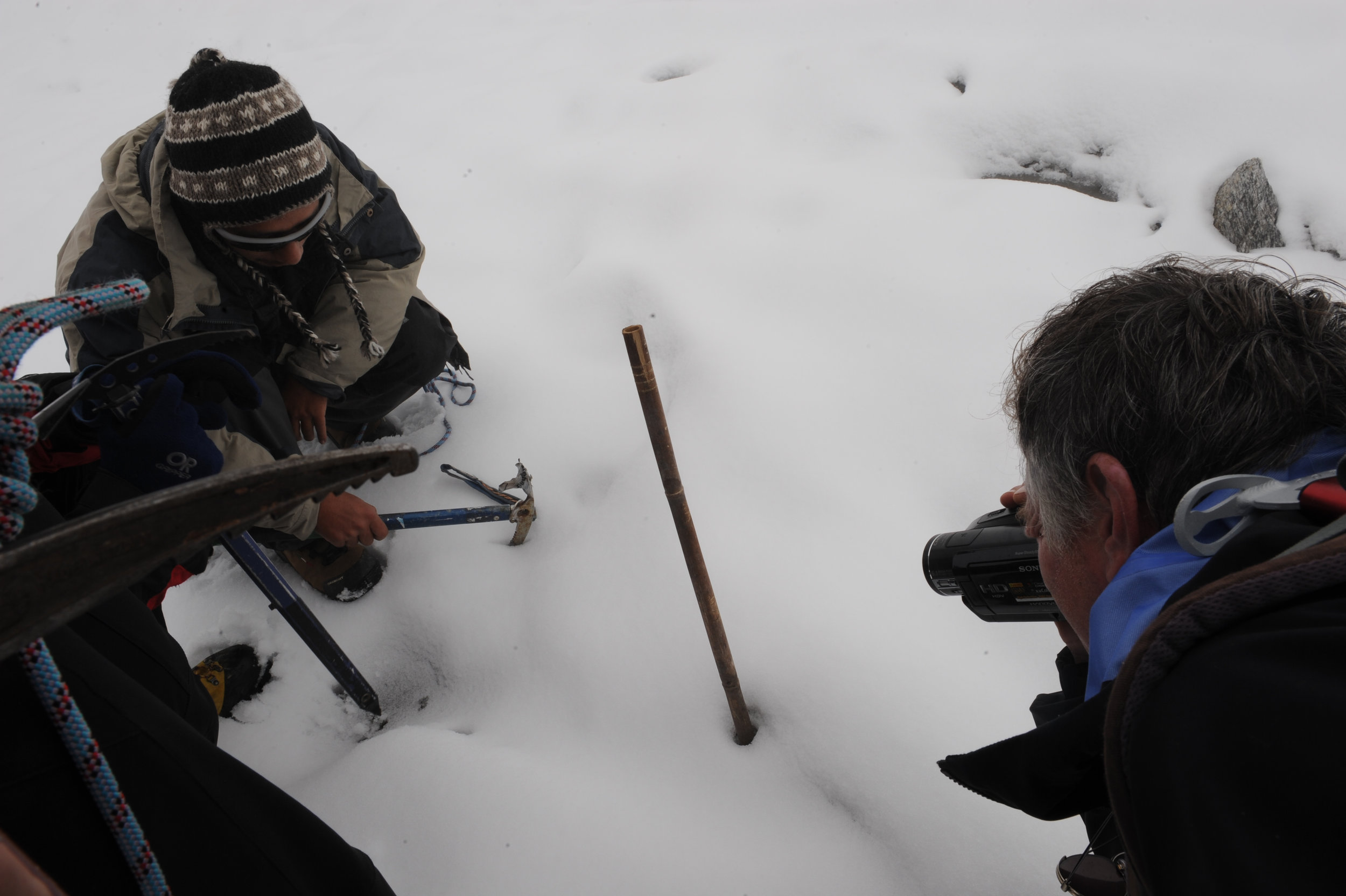
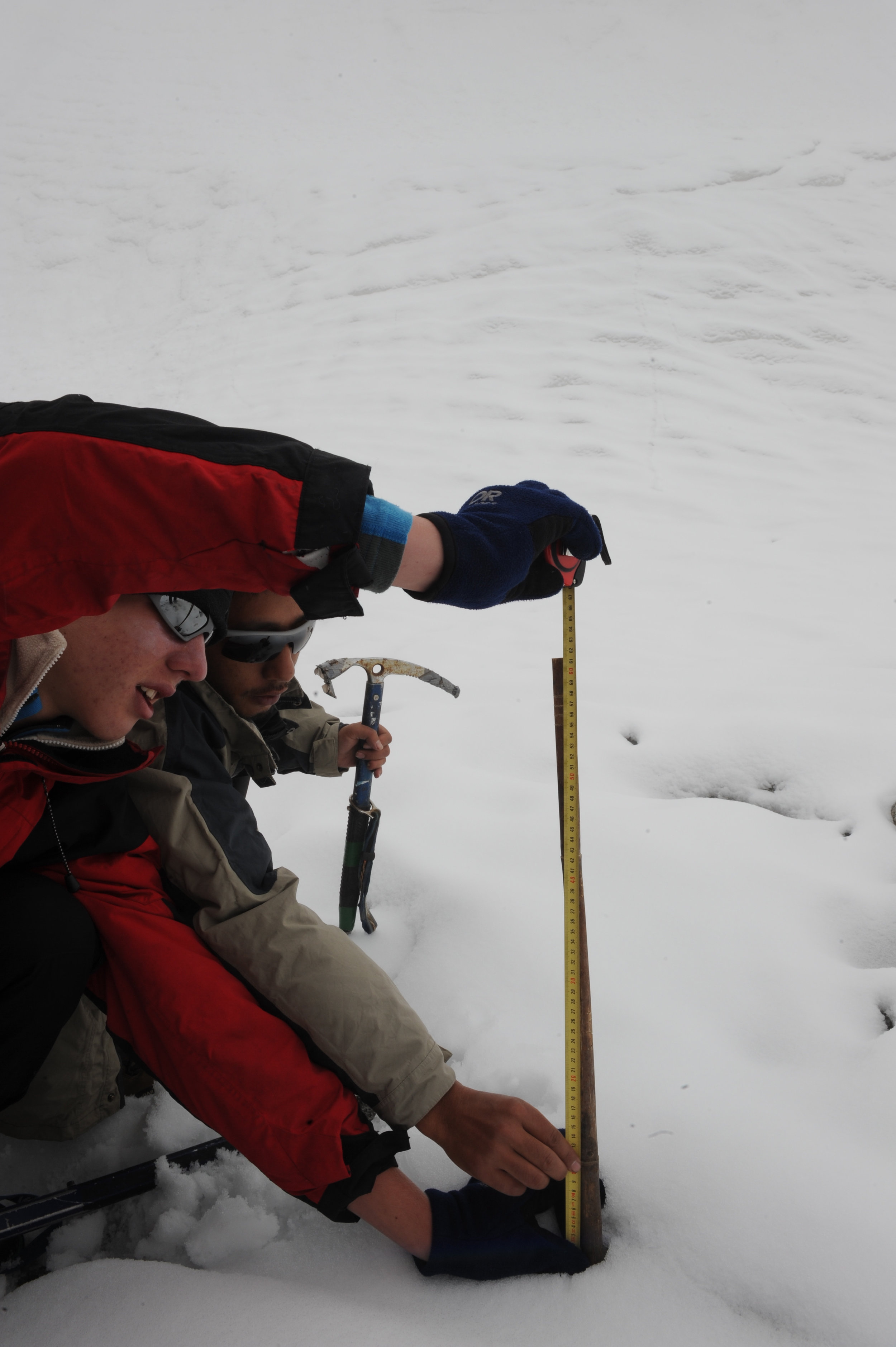




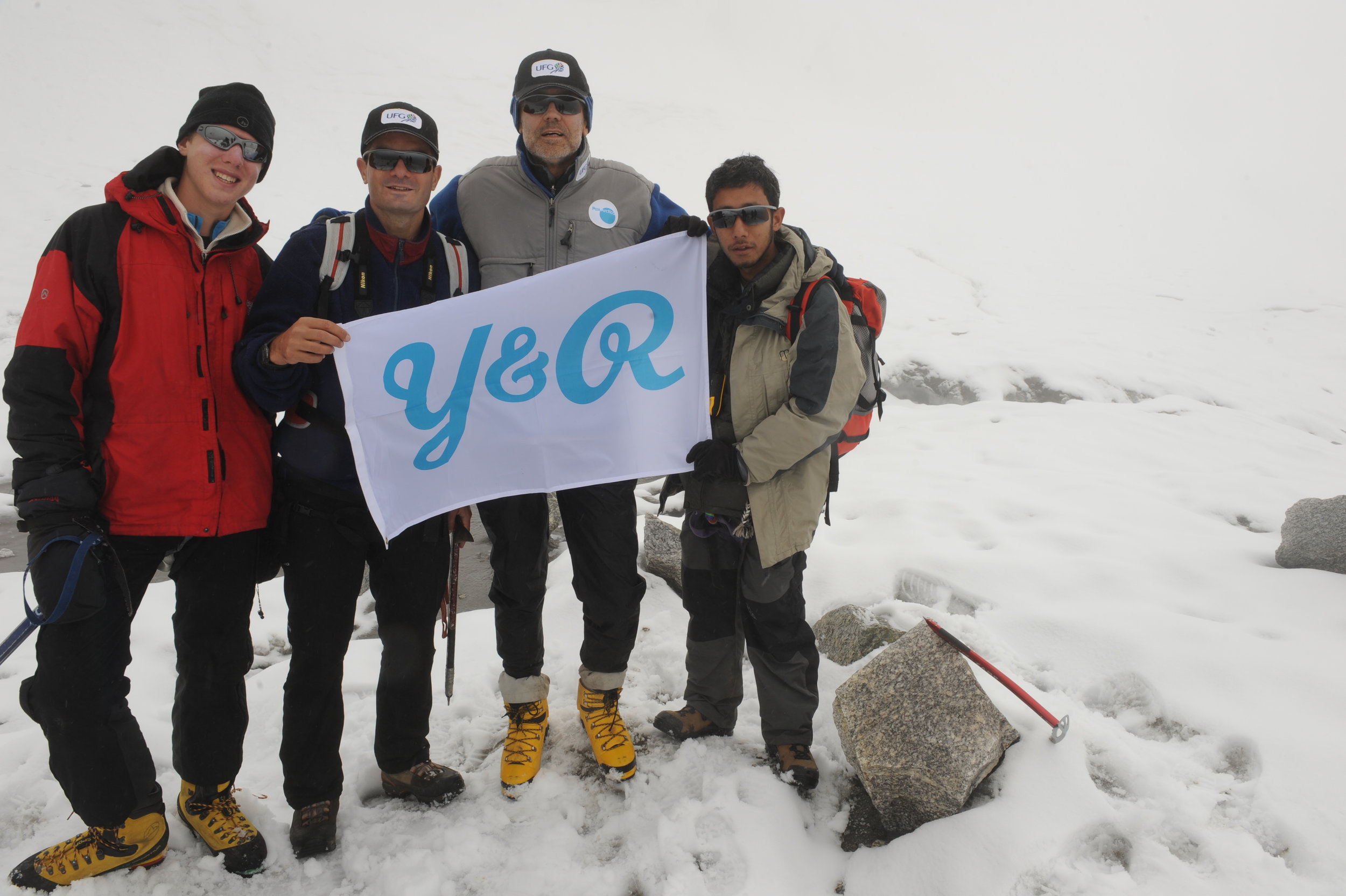
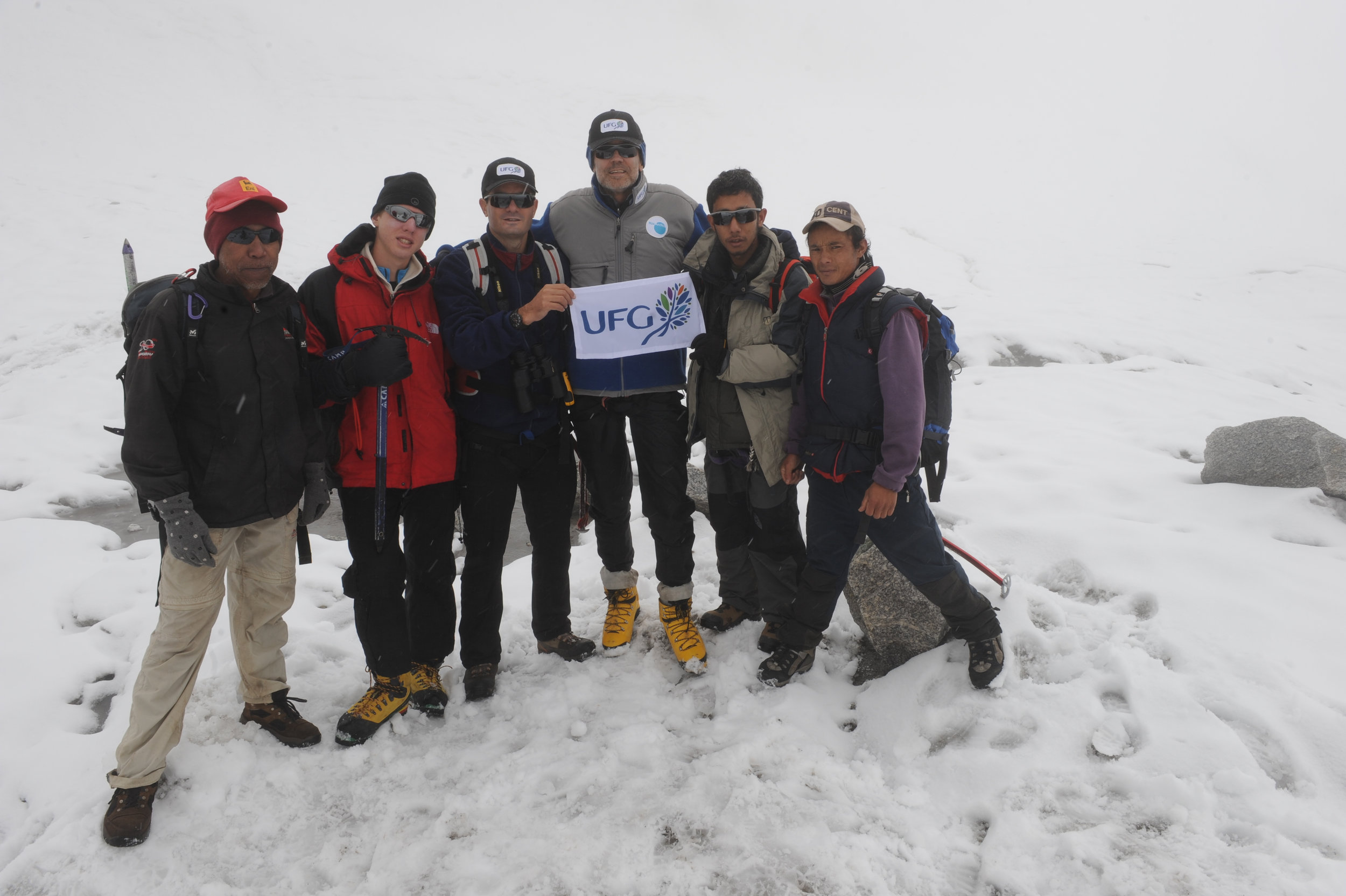
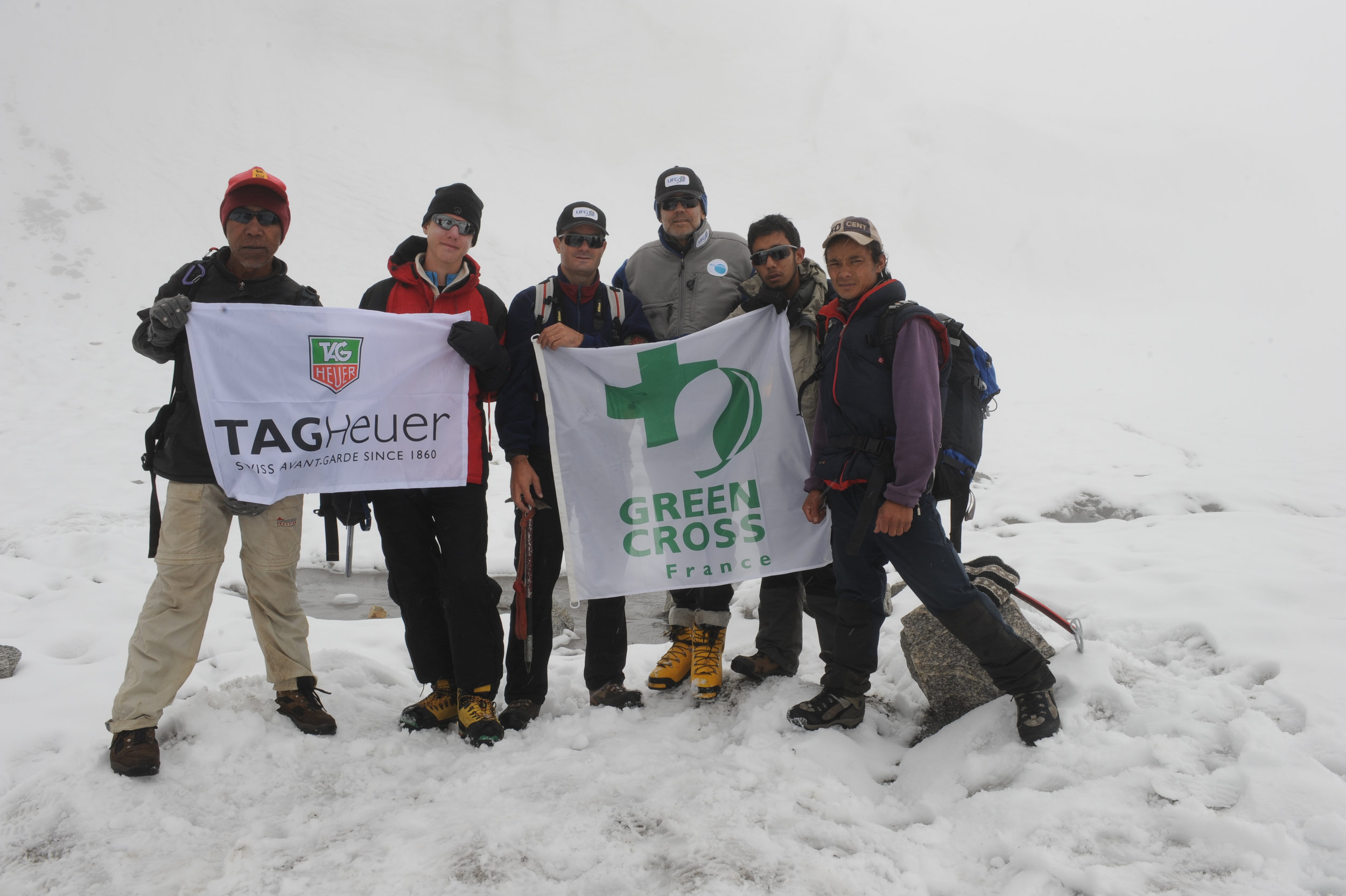
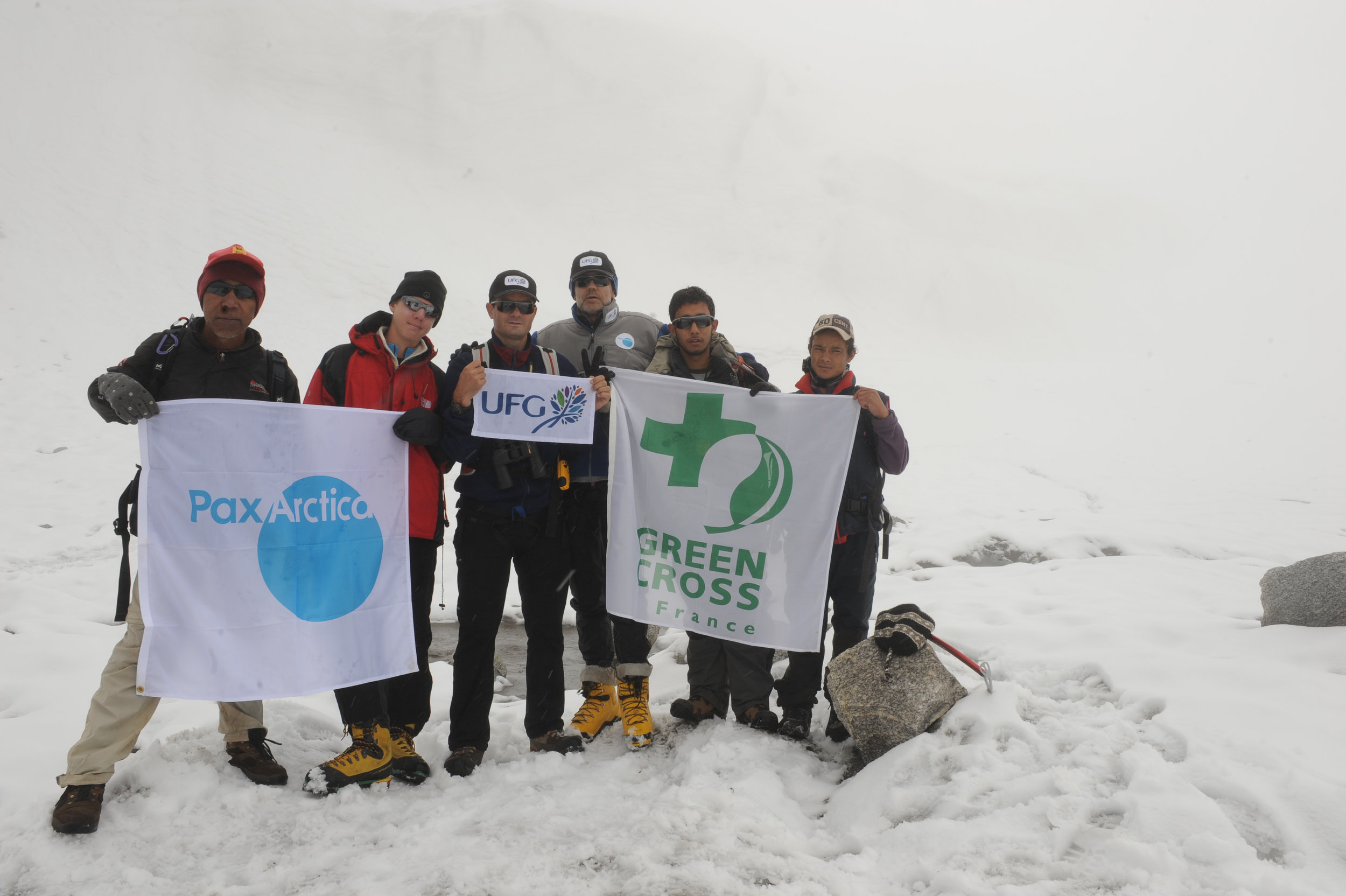
Mera Glacier
Map of the glacier showing ablation stakes (red) and accumulation stakes (blue).
Ablation stakes on Mera glacier:
Sabai Tsho Lake:
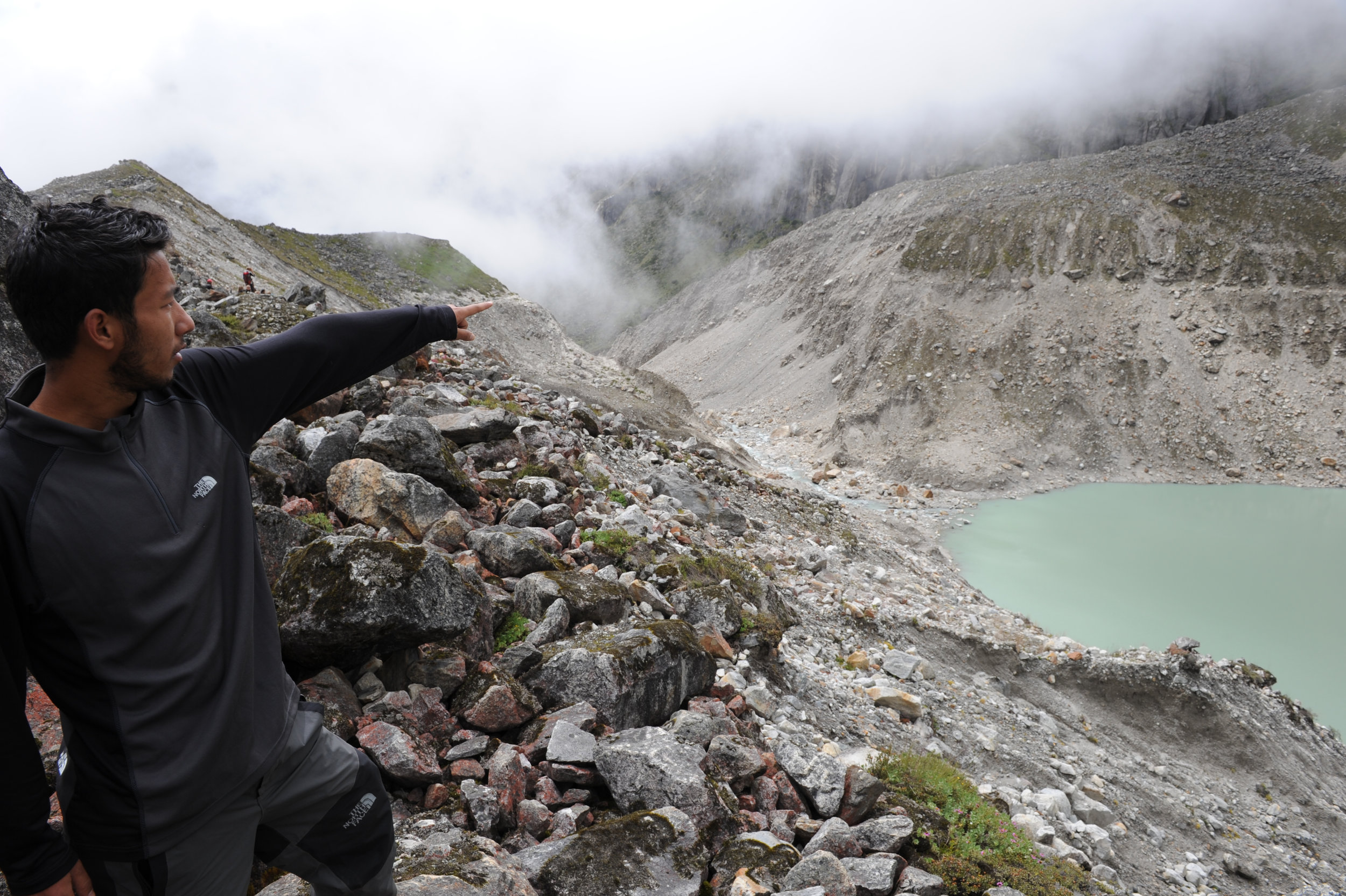
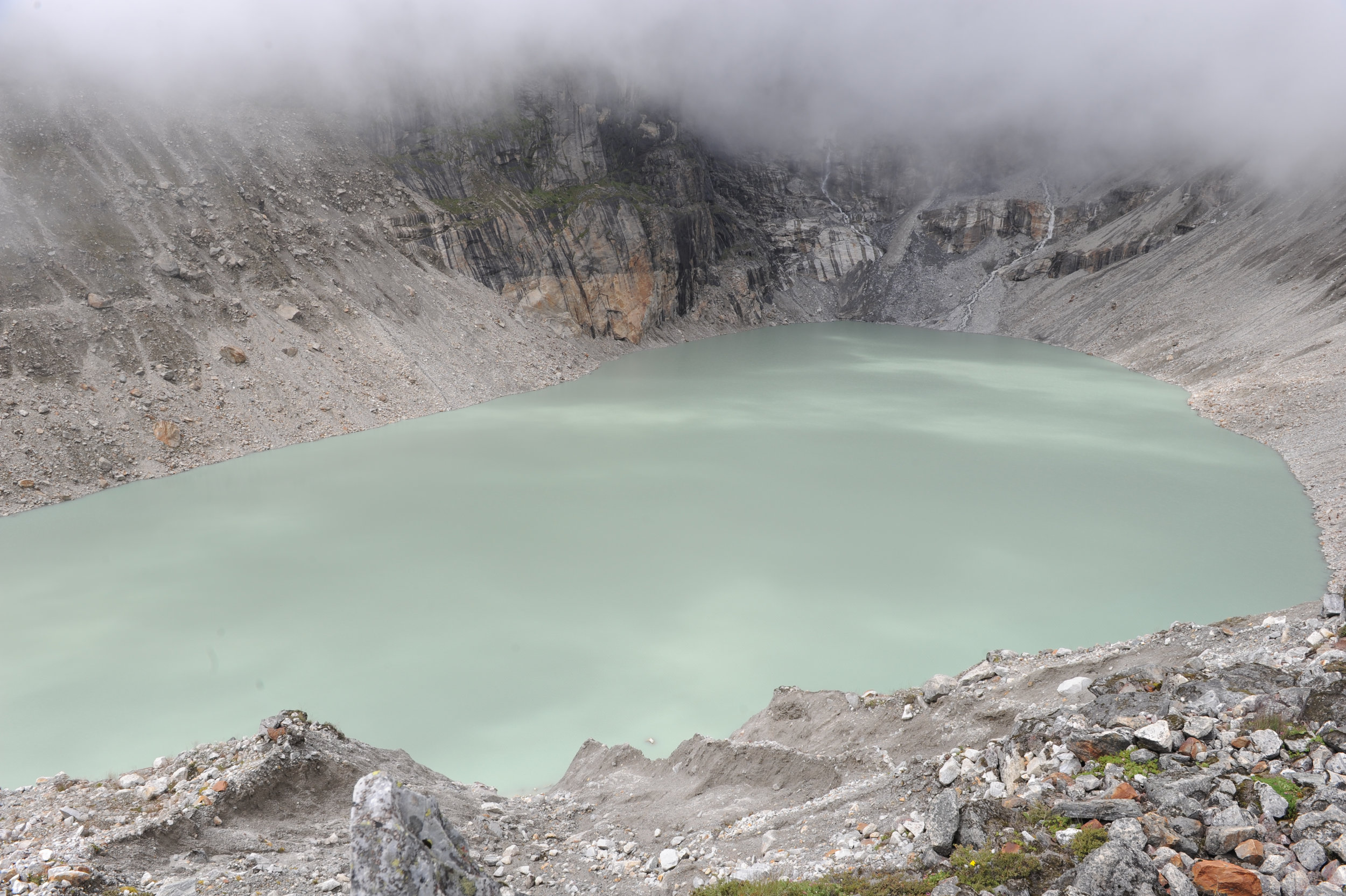

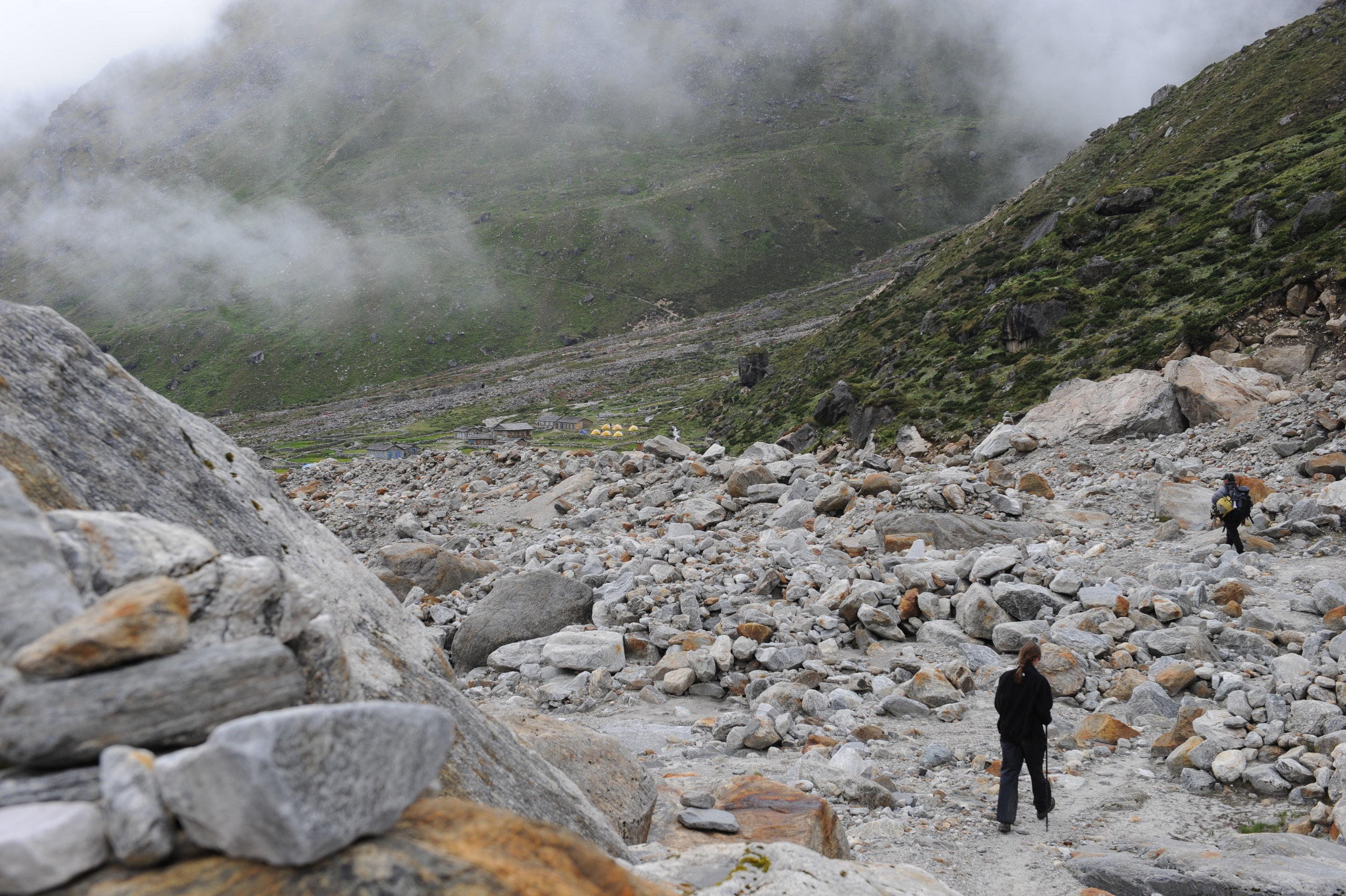
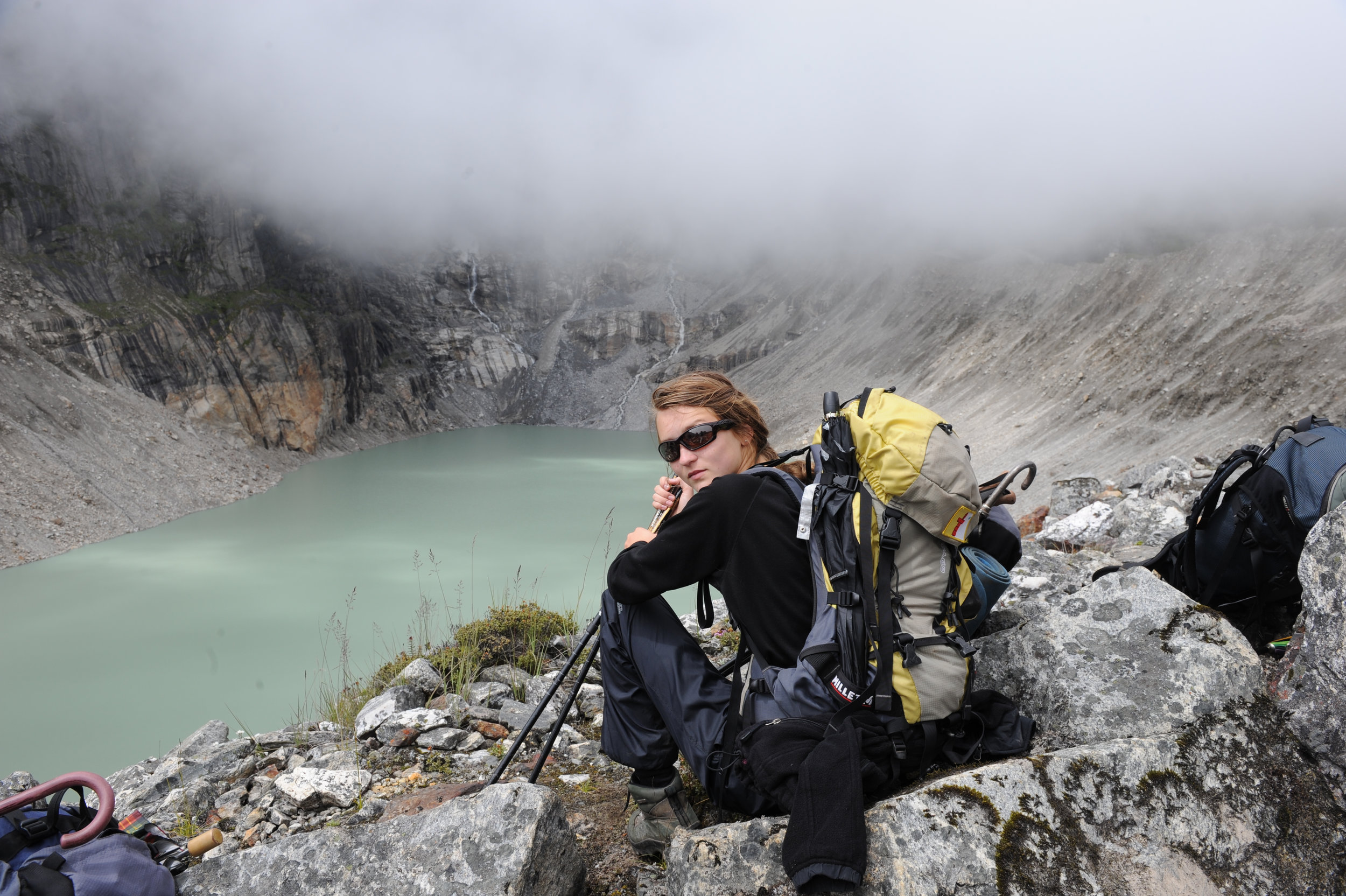
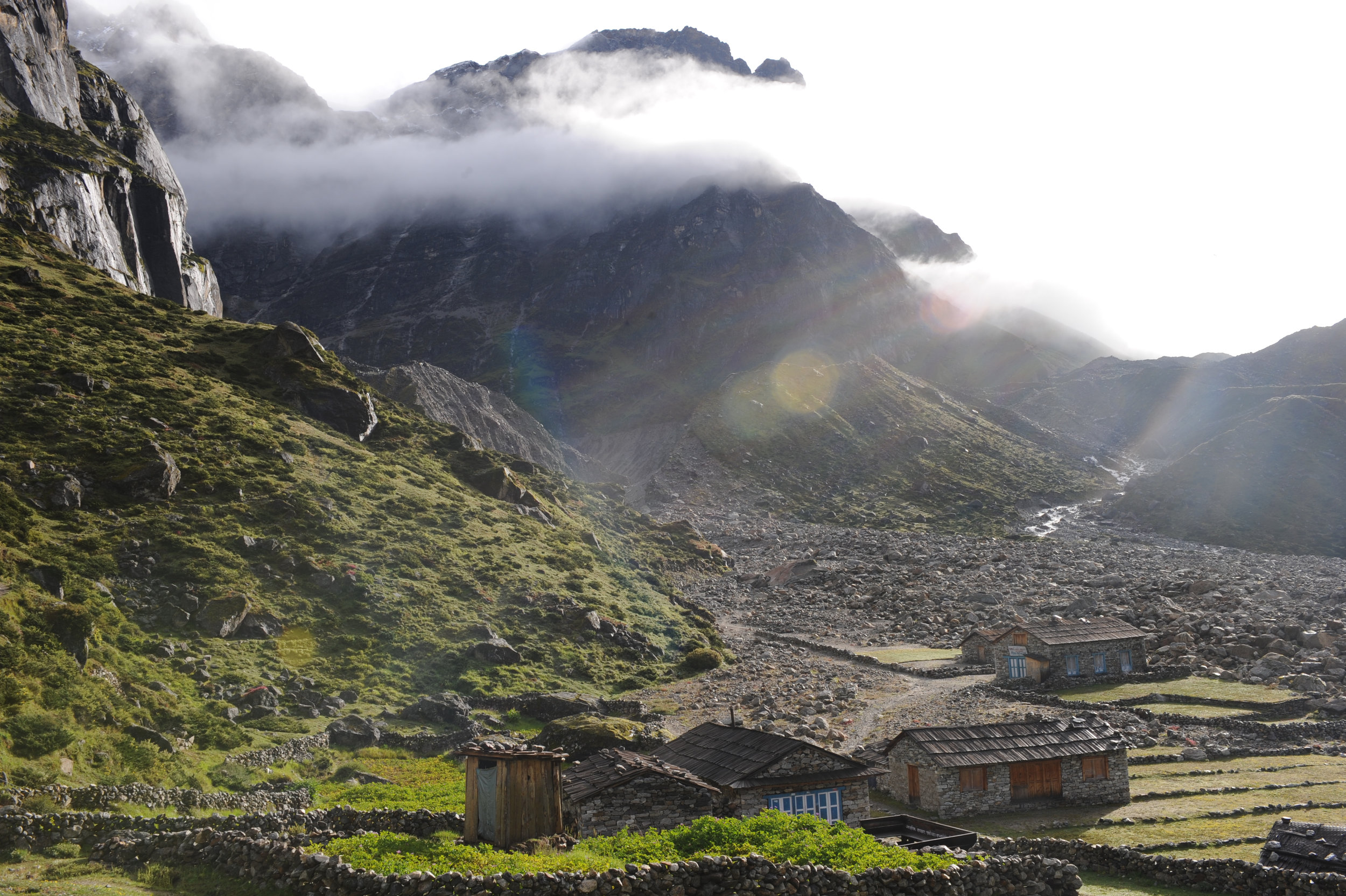
The END:
In Tangna, the Pax Arctica Himalaya 2009 team and sherpas - after the expedition.
Kathmandu scenes:
